Academic activities in conferences combined with presentations represent fundamental components for early-career academics in their professional development. At these events scholars and researchers gain valuable opportunities for discussion about their work through direct interactions. Research participants must actively seek to join the conference author competition after organizers send their call for paper submissions. Conference proceedings transform into essential research materials that benefit both student learners and new researchers when they get published.
From Idea to Impact: The brief document "Crafting High-Quality Conference and Seminar Papers" provides students and researchers with essential guidance to improve their presentation methodology. Here’s a breakdown of the key steps to elevate your ideas into impactful academic contributions:
Why are conference papers important?
Conference papers allow scientists to display their research to broad audiences and obtain peer review feedback and engage with members of their academic community. Conference papers create opportunities for researchers to transform their work into peer-review publications after peers and mentors enhance their ideas through feedback. Research presentation at conferences provides multiple benefits to researchers by building both their reputation alongside thought leadership status in a specific field. Research presentations both strengthen existing links and open doors to transformative research possibilities and probable employment advancements.
Difference between conference papers and journal papers?
Conference papers remain shorter than journal papers with their focus on presenting first findings from research in progress. The peer-review screening process protects journal papers which present extensive research documentation while conference papers maintain shorter formats. Your role at a conference determines how your presentation will be structured through respondent (speaker and respondent roll out presentations), panel (a few speakers speak for designated durations with discussants) and poster (visual presentation), roundtable (several speakers with time constraints) and workshops (permit detailed delivery).Your work needs to align with current trends while identifying gaps in your field. Select a topic that stays justified for your audience members and agrees with the conference research boundaries. Existing research literature provides essential foundation that framework your study. Demonstrate both the fresh elements and present importance of your methodology. Your paper requires you to outline its objectives. Researchers should establish clear statements for their problem and their objectives. Compared to journal papers, conference papers are usually short and aim to present initial findings and analysis of ongoing research. Journal papers, on the other hand, tend to be longer and more detailed and are screened through a peer-review process. Depending on the type of presentation that you are going to give at the conference or depending on your specific role, conference papers can be customized as respondent (speaker and respondent roll out presentations), panel (a few speakers speak for a designated period with a discussant), poster (visual presentation), roundtable (few speakers speak with time limits) and workshops (scope for a detailed presentation).
1. Choose a Relevant Topic
• Align with current trends and gaps in your field.
• Ensure the topic resonates with your audience and aligns with the conference's scope.
2. Conduct Thorough Research
• Dive into existing literature to understand the foundation of your work.
• Highlight the novelty and relevance of your approach.
3. Define Clear Objectives
• Establish what your paper seeks to achieve.
• Clearly articulate the problem statement and goals.
4. Follow a Structured Format
• Abstract: Unity your findings into a concise engaging summary.
• Introduction: Present an introduction to the main issue as well as its importance.
• Methodology: Explain your approach, tools, and techniques.
• Results: Present findings with clarity, supported by data.
• Discussion: Interpret results and link them to your objectives.
• Conclusion: Summarize insights and suggest future directions.
5. Use Clear and Professional Language
• Avoid jargon and focus on clarity and precision.
• Use figures, graphs, and tables to enhance understanding.
6. Manuscript Review & Edit
Documental grammar and style integrity should both be tested through extensive review procedures before final approval. Request expert assessment from people who worked on building your thesis. A compact presentation must feature a slide deck designed for user engagement. For the presentation analysis should occur within allocated time parameters set by the program Adhere to conference specifications governing both document structure along with submission standards Like any competitive submission it needs to happen at scheduled times to prevent competition loss due to format errors or formatting inconsistency.
• Seek feedback from peers or mentors.
7. Practice for Presentation
• Develop a concise and engaging slide deck.
• Practice delivering your presentation within the allotted time.
8. Adhere to Submission Guidelines
• Follow the conference’s specific formatting and submission requirements.
• Ensure timely submission to avoid disqualification.
Proper planning combined with executive discipline allows your ideas to bridge from paper to make meaningful contributions to your academic and professional landscape.
Writing a high-quality conference paper
Focus on the audience profile: All conference paper authors must consider the target audience during writing. The knowledge of your target readership lets you create a powerful presentation throughout your writing. Research indicates that awareness of both conference research questions and fundamental issues in related study fields helps paper authors achieve better audience connections.
The maintain proper structure throughout your written work. All conference papers must be structured properly and deliver their content with conviction. Use critical aspects from your study combined with clear examples to develop your persuasive argument so readers find it more appealing during presentations.
Reading aloud: According to experts you should perform a full voice reading of your conference paper three times beforehand. By reading your work aloud you can detect language and grammatical mistakes while making your concepts and presentation easier to understand.
Conference guidelines: All conference organizers set rules regarding paper guidelines structure format and paper-length requirements which you must follow exactly. Optimal preparation of your conference paper ensures acceptance during review without extensive submission revisions.
Abstract
An essential component of the conference paper, this section must provide a brief synopsis that includes the aims and objectives of your study, methodology, research findings and principal conclusions. Ensure that the length of the abstract is in accordance with the guidelines provided by the conference committee.
Research methodology
This section is important for conference organizers to assess your paper, and therefore, it must be presented clearly, concisely, and accurately.
Findings/ results
The main findings should be clearly stated, drawing on evidence-based conclusions. Tables and figures are recommended as they help convey complex data more effectively.
References
Ensure that you accurately list references to the work you have cited. Most conference organizers have specific formats for citations and references, so do check before submitting your conference paper.
Conclusion
Conference papers prove invaluable to early-career academics by enabling research exposé to diverse readers and peer feedback acquisition as well as academic network development. These interactions build both current relationships with researchers and academics and create opportunities for major discoveries and professional development advances. Conference papers represent shorter works which display initial scholarly findings from ongoing academic investigations. Conferences implement diverse presentation formats including respondent presentations and panel displays paired with poster presentations and roundtable events together with workshop sessions. Academic impact derives from first selecting important research topics then conducting comprehensive investigations and setting precise objectives during the development of structured articles in formal language. Field-specific research needs to follow current trends while also addressing field gaps while communicating message points to the audience through structured organization. A professional presentation style must include simple language which avoids jargon while maintaining unambiguous communication. Researchers who implement these guidelines will deliver important academic work and build both reputation and thought leadership influence regarding their discipline.
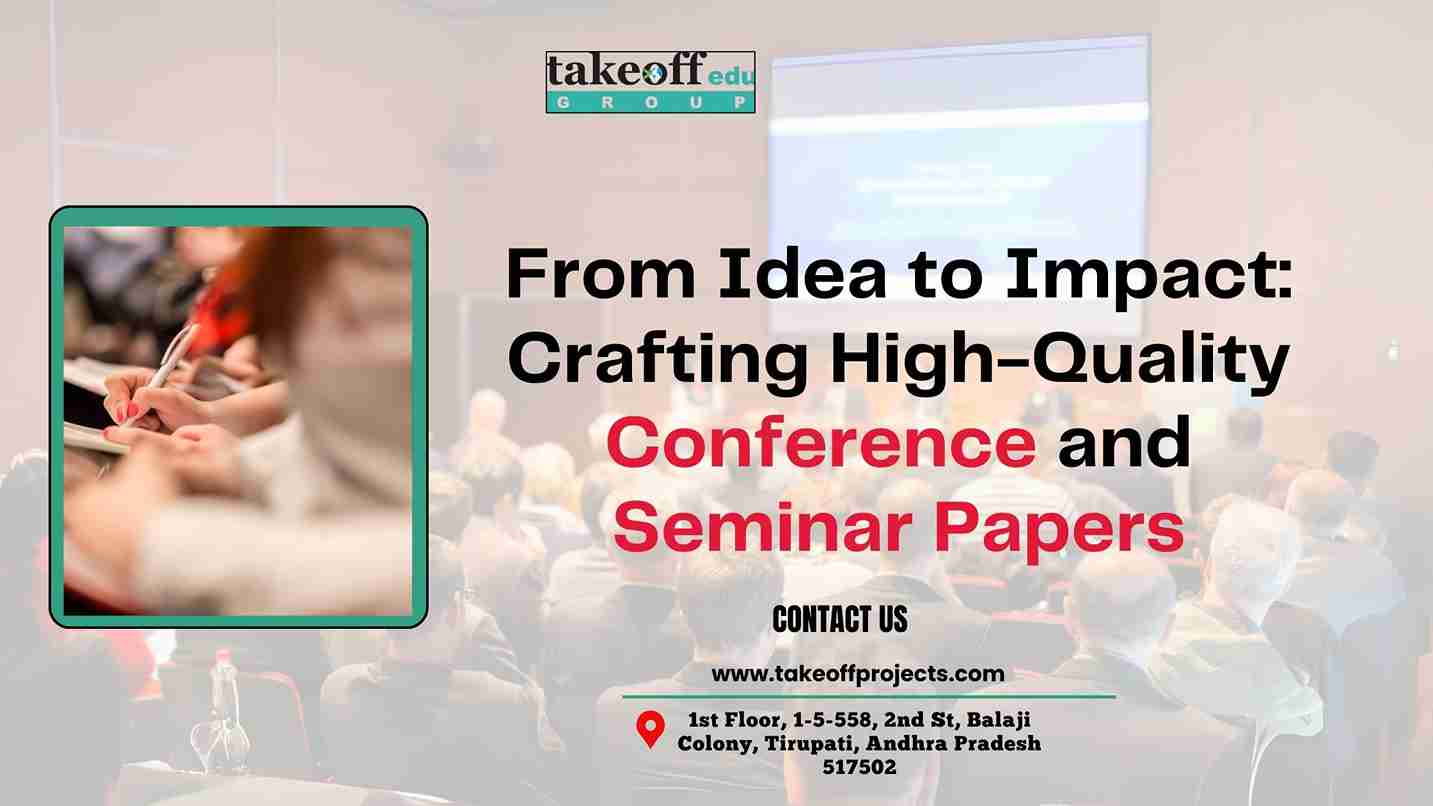
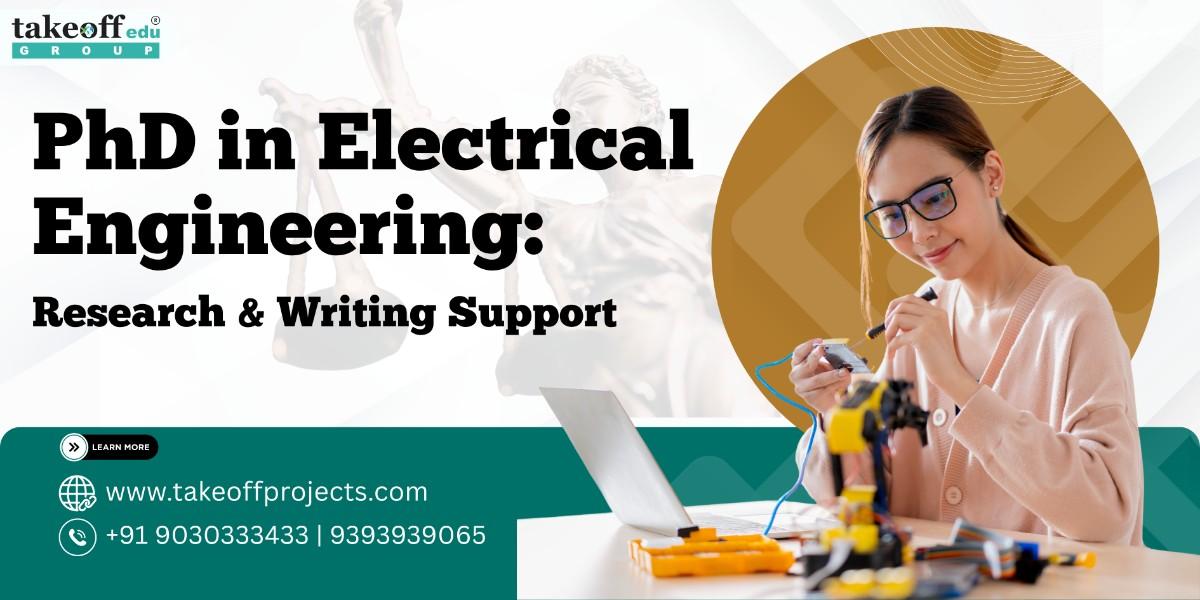 PhD in Electrical Engineering: Research & Writing Support
PhD in Electrical Engineering: Research & Writing Support 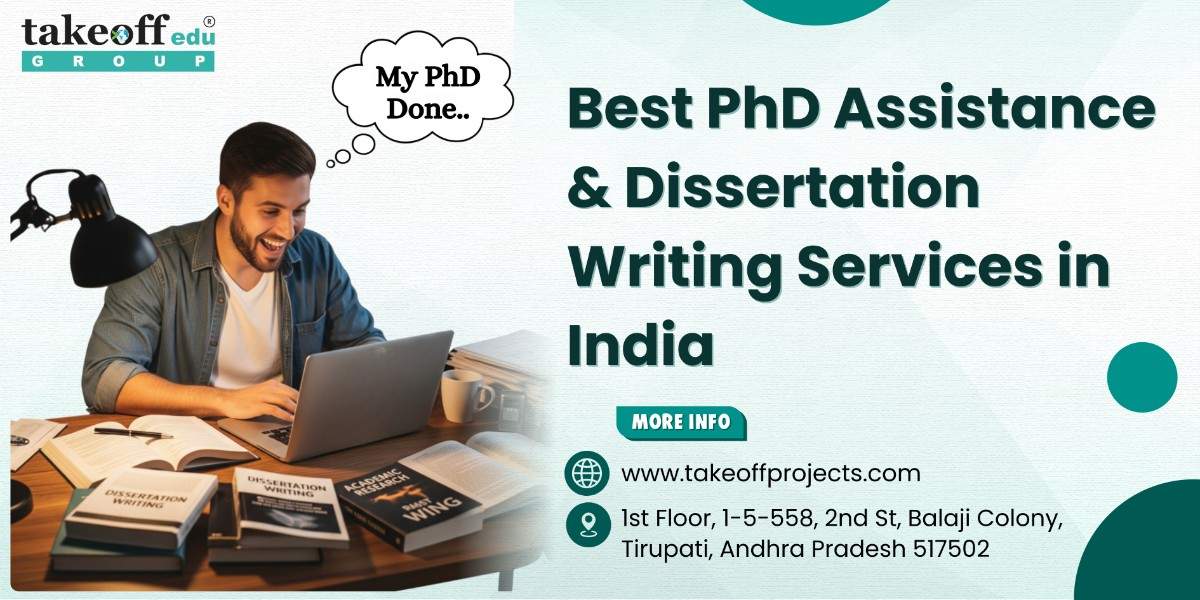 Which are the Best PhD Assistance and Dissertation Writing Services in India?
Which are the Best PhD Assistance and Dissertation Writing Services in India?  How to Choose a PhD Research Domain: EEE, ECE, or CSE?
How to Choose a PhD Research Domain: EEE, ECE, or CSE? 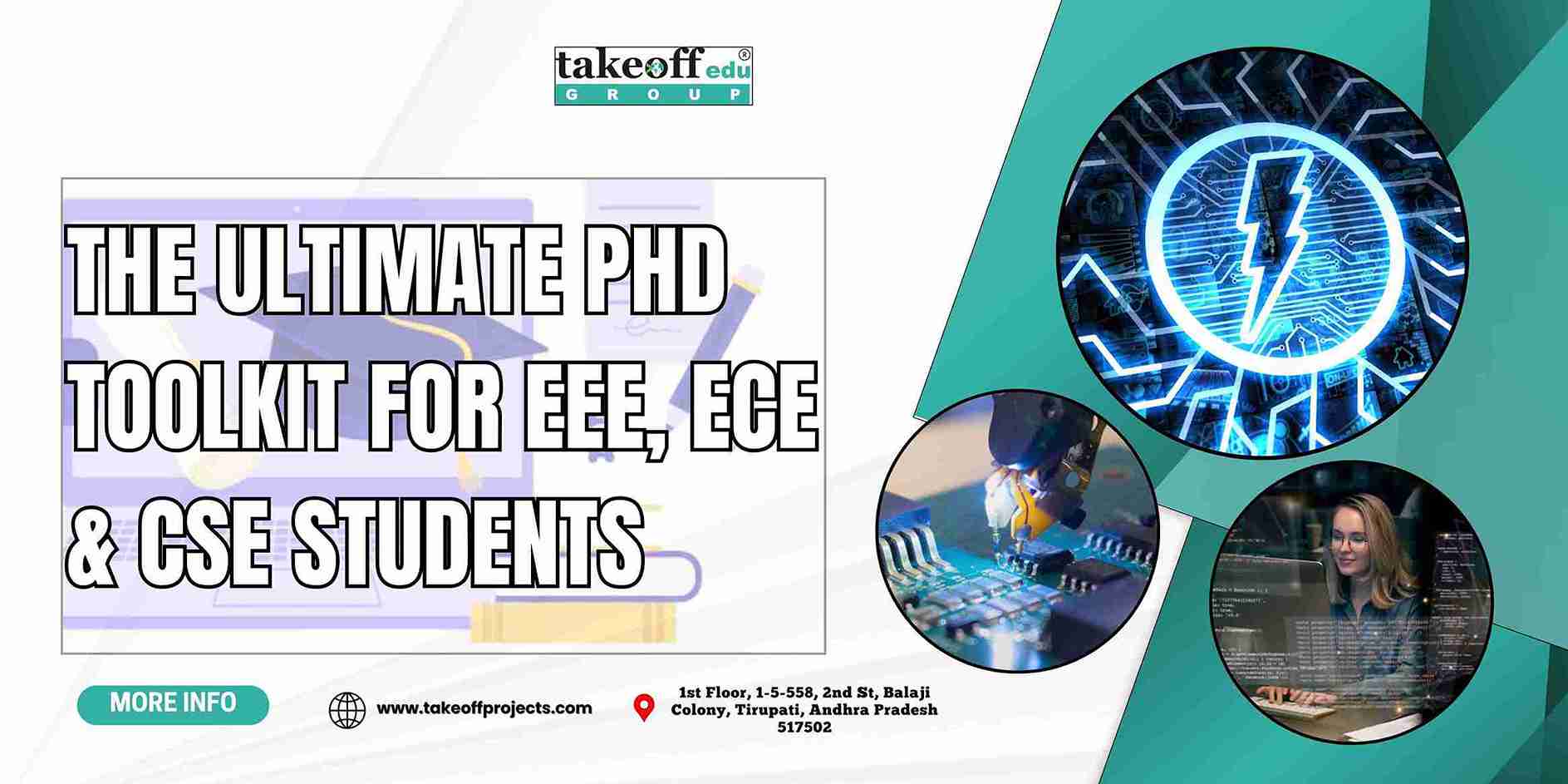 The Ultimate PhD Toolkit for EEE, ECE and CSE Students
The Ultimate PhD Toolkit for EEE, ECE and CSE Students 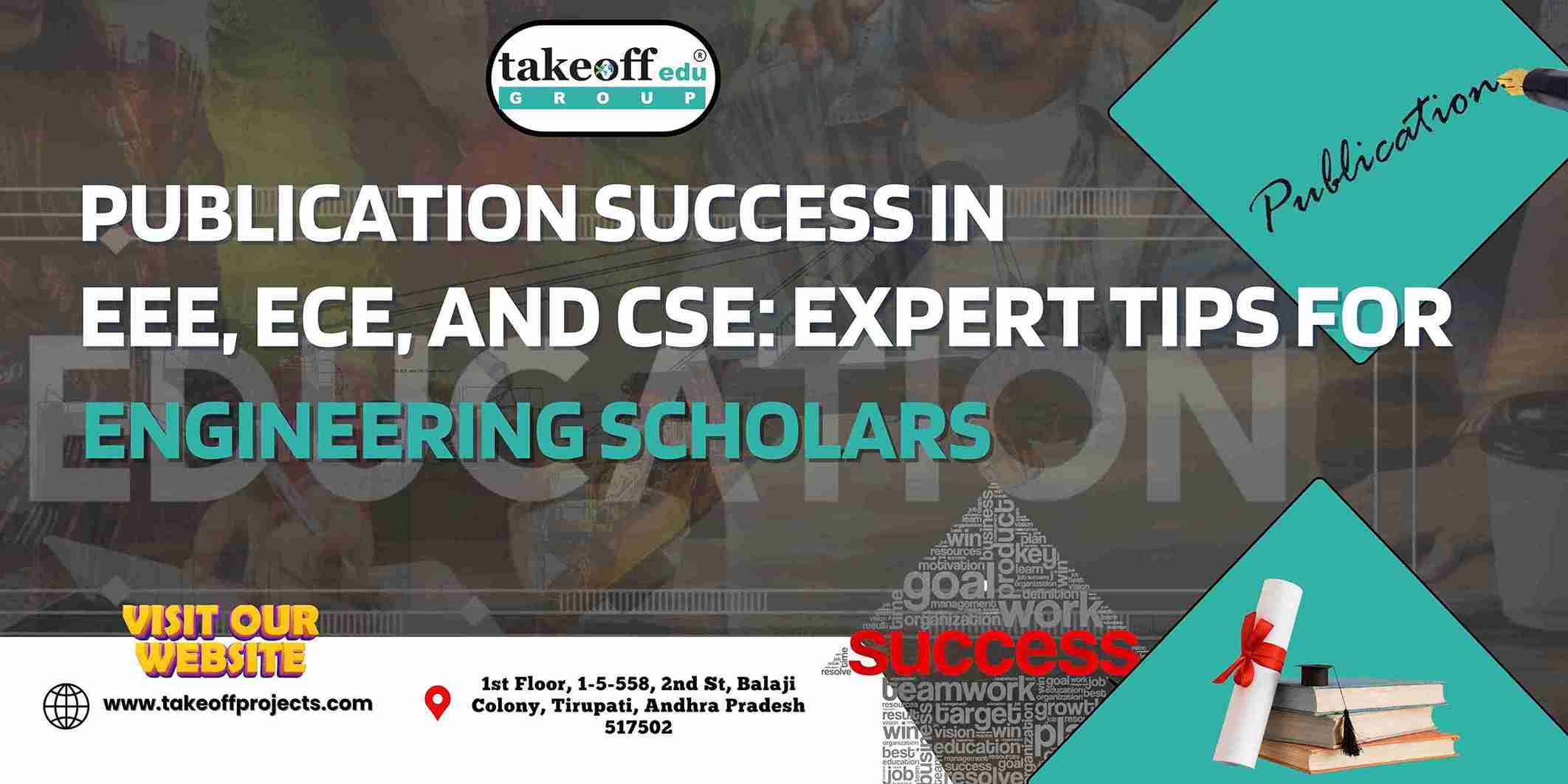 Publication Success in EEE, ECE, and CSE: Expert Tips for Engineering Scholars
Publication Success in EEE, ECE, and CSE: Expert Tips for Engineering Scholars 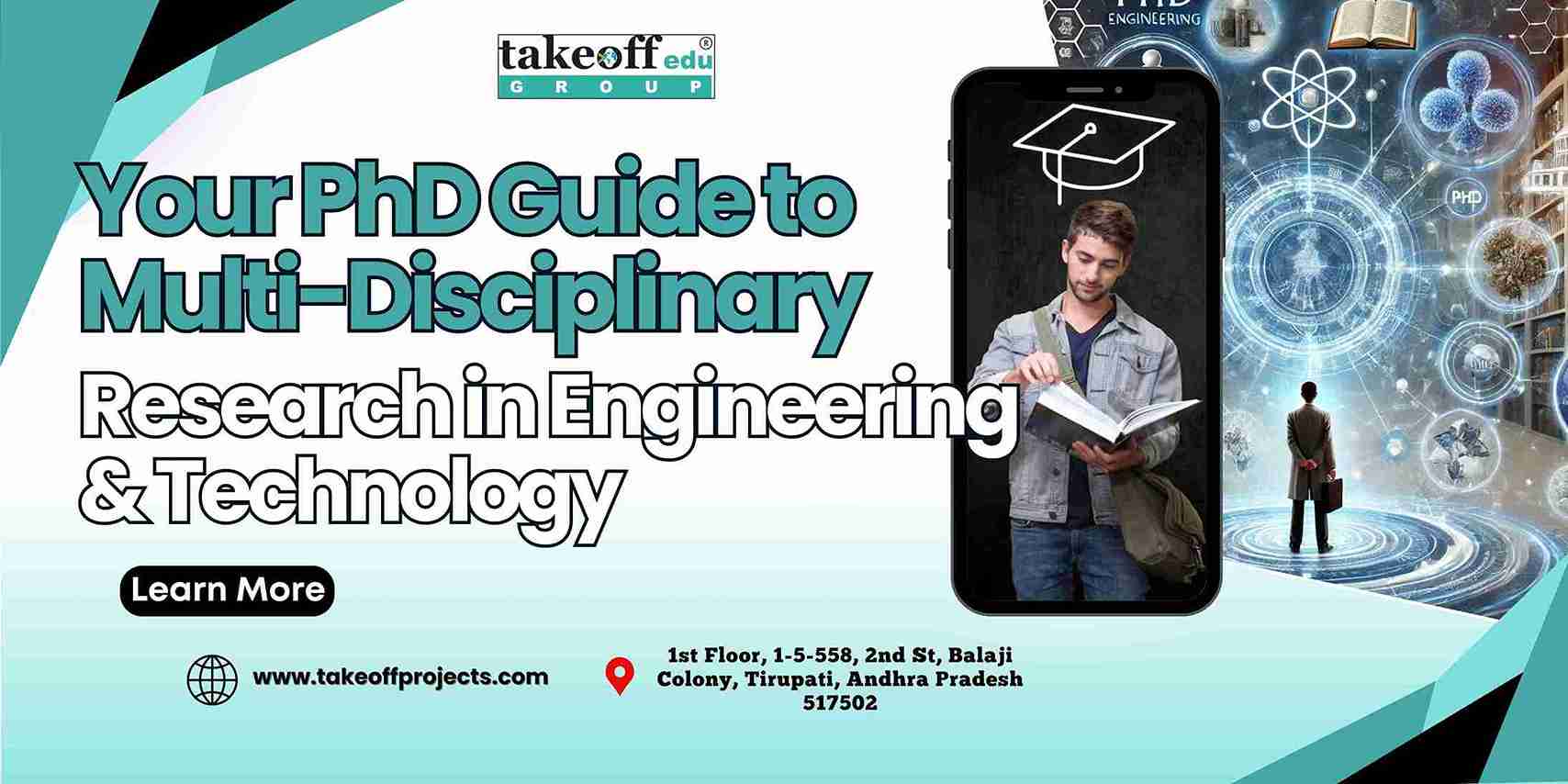 Your PhD Guide to Multi-Disciplinary Research in Engineering and Technology
Your PhD Guide to Multi-Disciplinary Research in Engineering and Technology  Top PhD Topics across EEE, ECE, and CSE: Bridging Innovation and Impact
Top PhD Topics across EEE, ECE, and CSE: Bridging Innovation and Impact 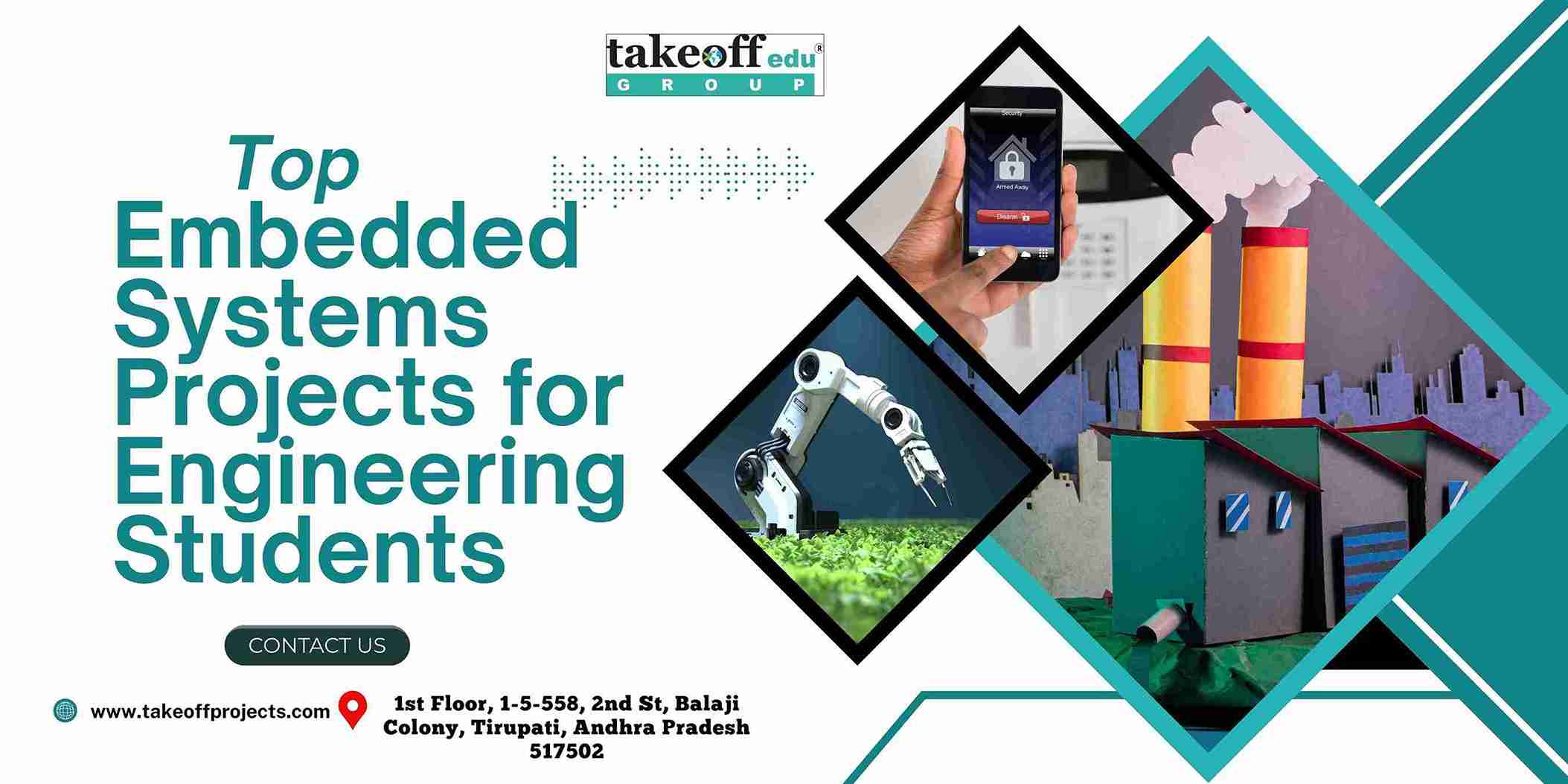 Top Embedded Systems Projects for Engineering Students
Top Embedded Systems Projects for Engineering Students 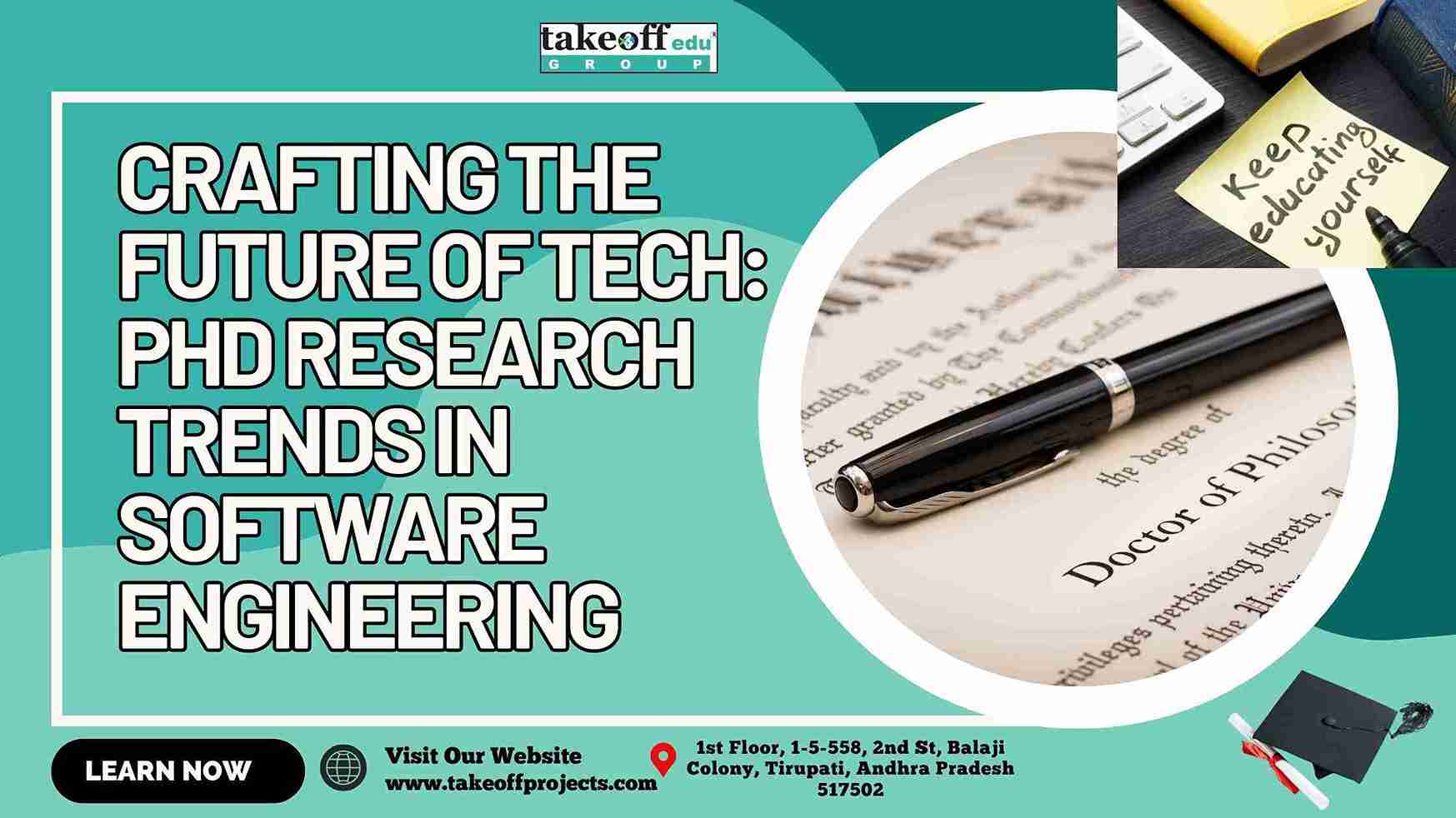 Crafting the Future of Tech: PhD Research Trends in Software Engineering
Crafting the Future of Tech: PhD Research Trends in Software Engineering 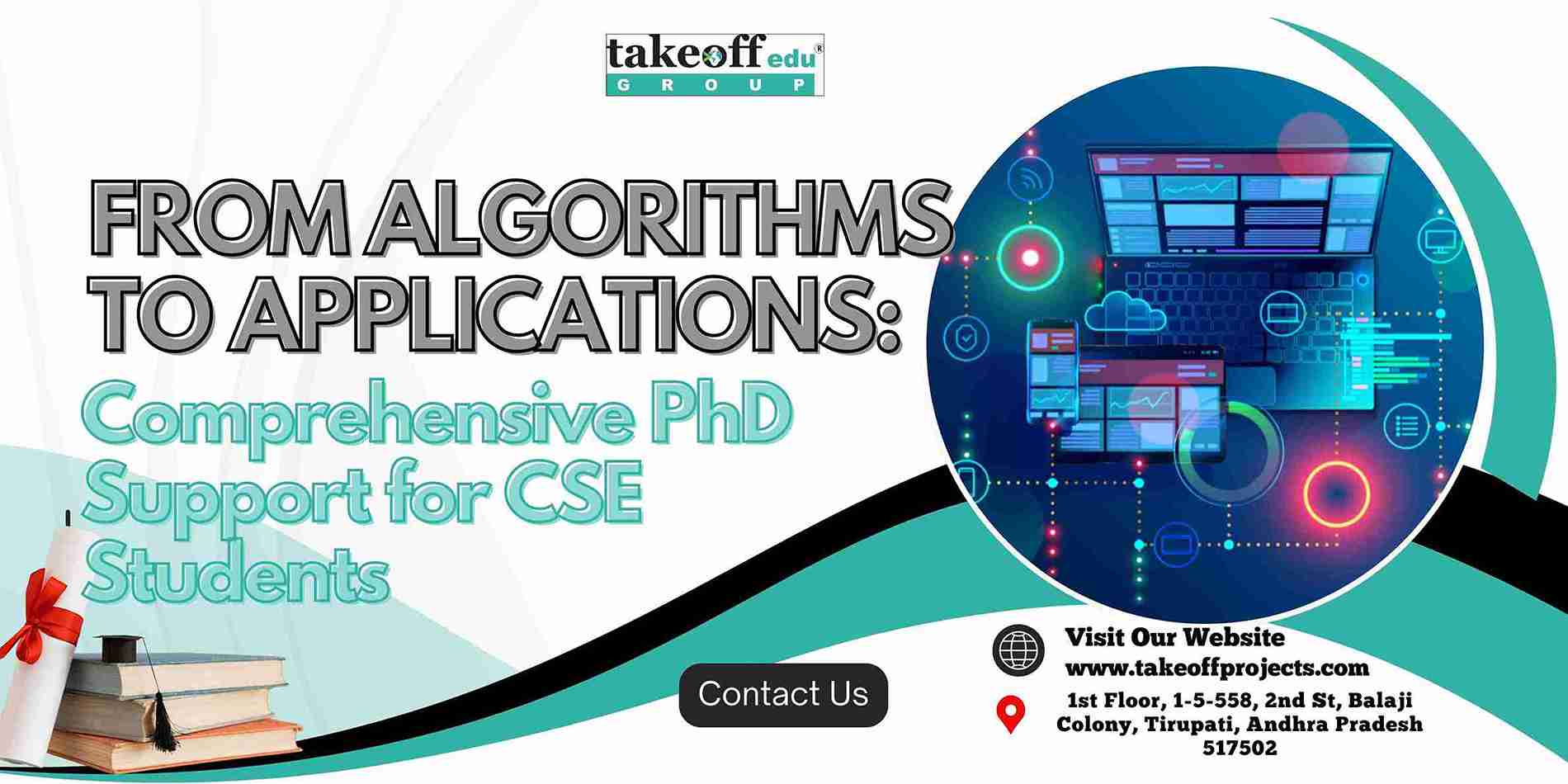 From Algorithms to Applications: Comprehensive PhD Support for CSE Students
From Algorithms to Applications: Comprehensive PhD Support for CSE Students 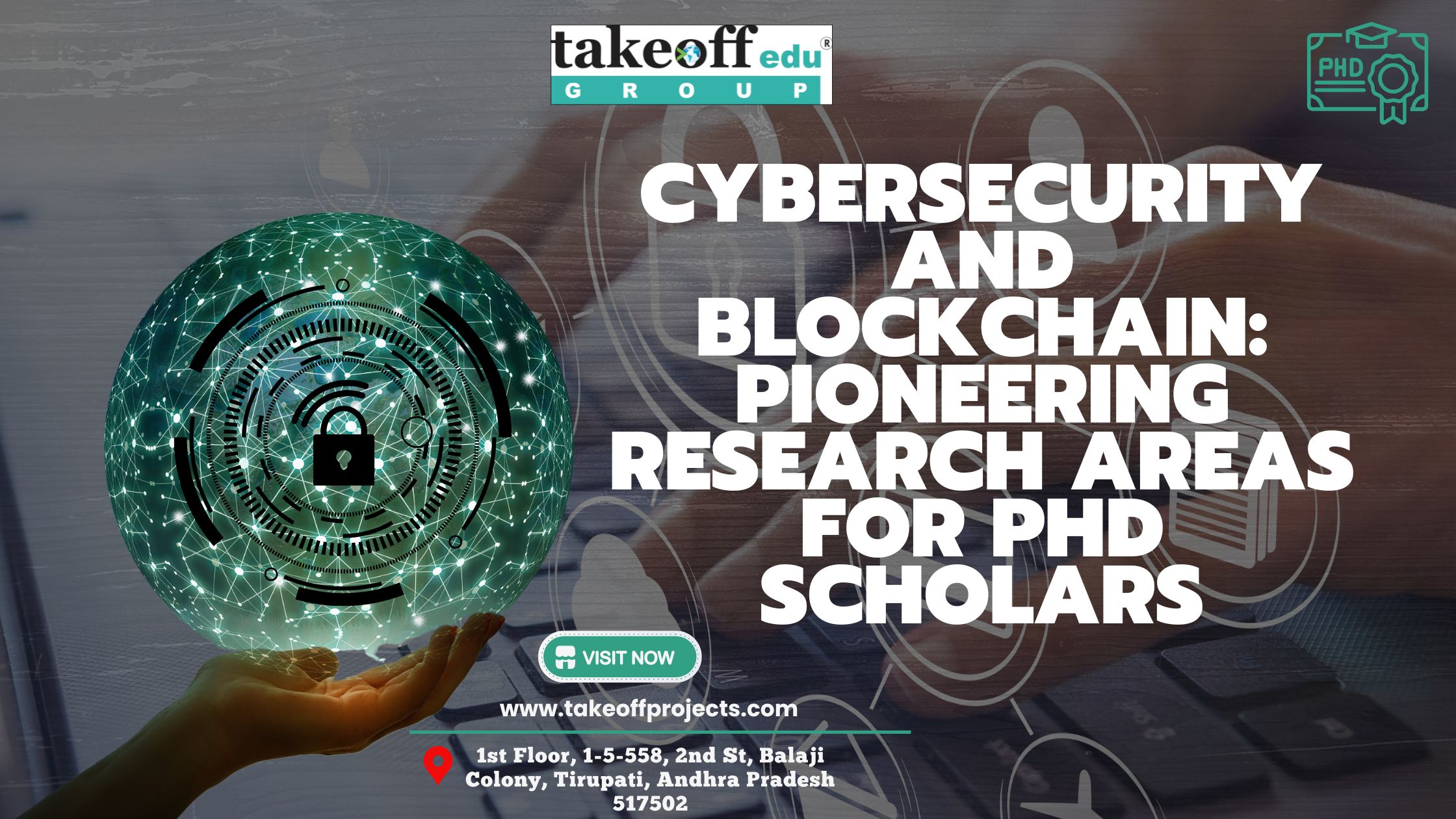 Cybersecurity and Blockchain: Pioneering Research Areas for PhD Scholars
Cybersecurity and Blockchain: Pioneering Research Areas for PhD Scholars 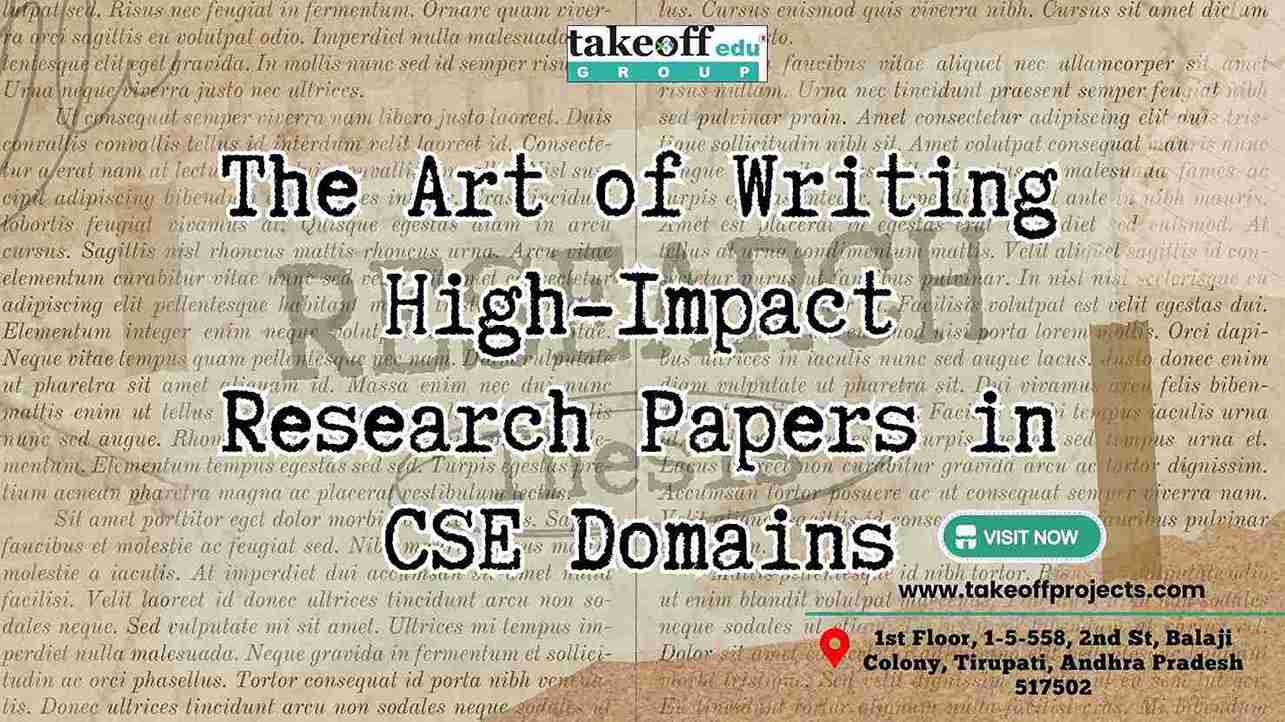 The Art of Writing High-Impact Research Papers in CSE Domains
The Art of Writing High-Impact Research Papers in CSE Domains 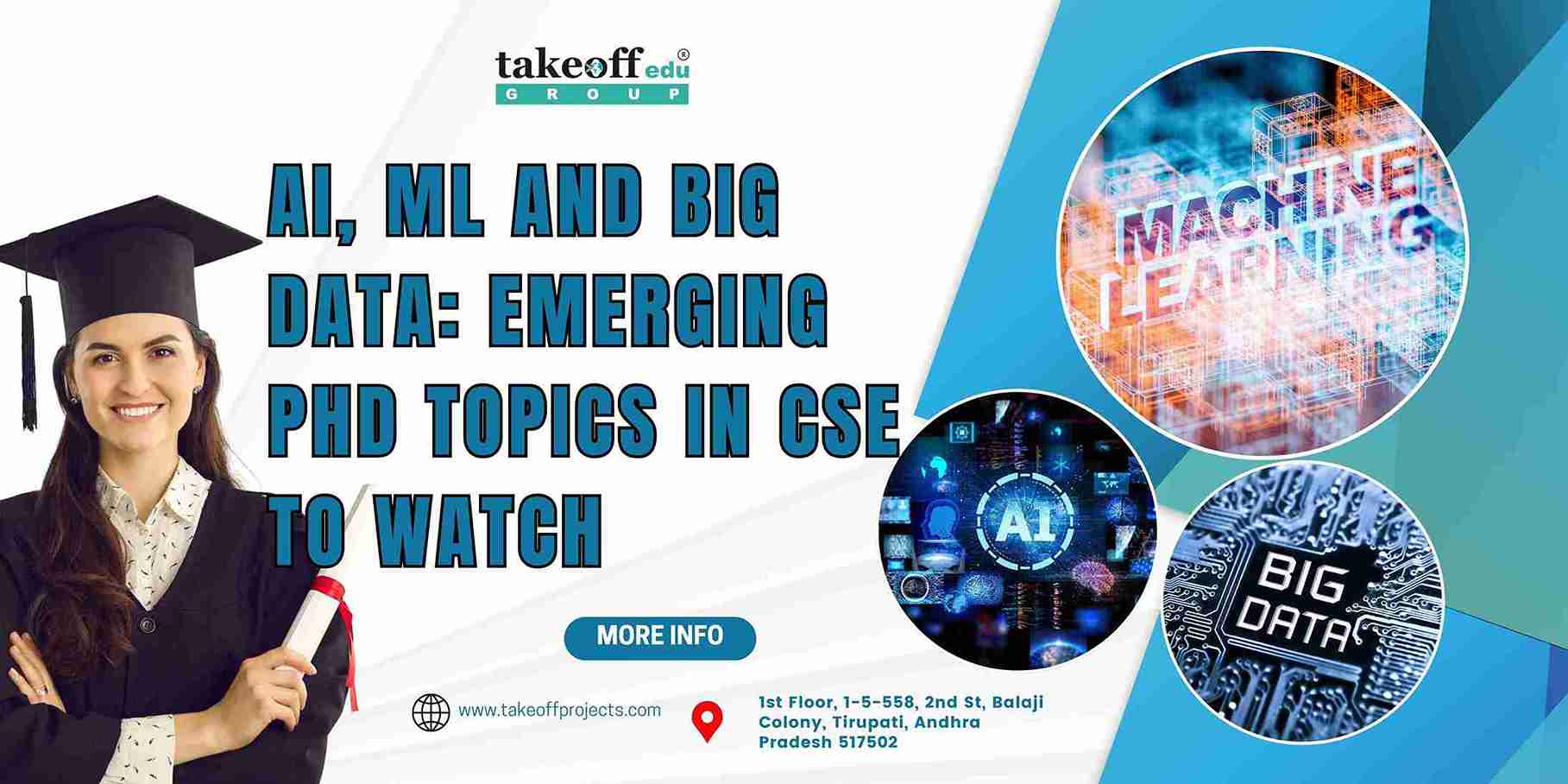 AI, ML, and Big Data: Emerging PhD Topics in CSE to Watch
AI, ML, and Big Data: Emerging PhD Topics in CSE to Watch  Top Research Trends in Electrical Drives for Aspiring PhD Scholars
Top Research Trends in Electrical Drives for Aspiring PhD Scholars 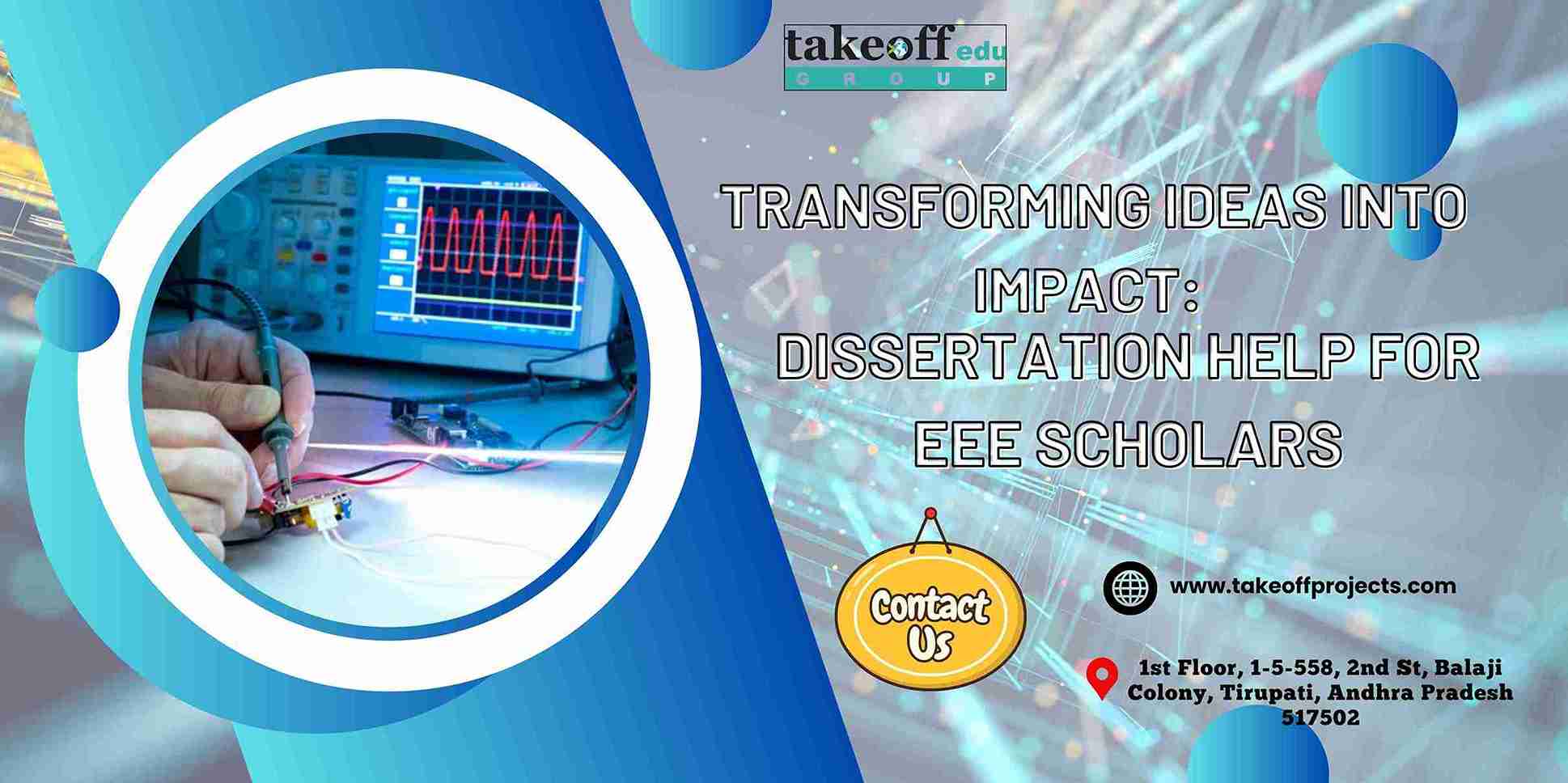 Transforming Ideas into Impact: Dissertation Help for EEE Scholars
Transforming Ideas into Impact: Dissertation Help for EEE Scholars 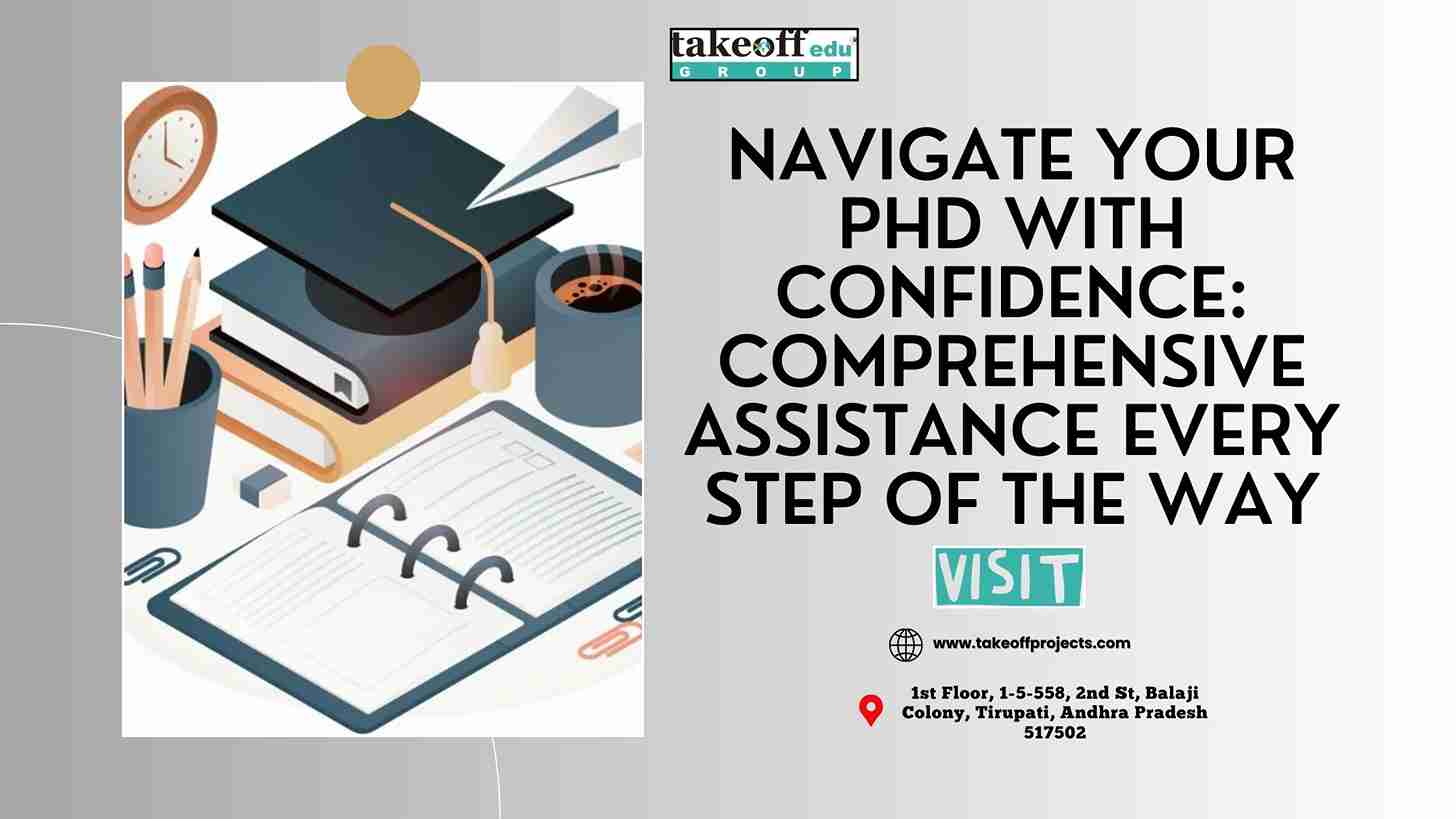 Navigate Your PhD with Confidence: Comprehensive Assistance Every Step of the Way
Navigate Your PhD with Confidence: Comprehensive Assistance Every Step of the Way  ECE Dissertation Success: Expert Tips for Writing and Publishing your Academic Success
ECE Dissertation Success: Expert Tips for Writing and Publishing your Academic Success 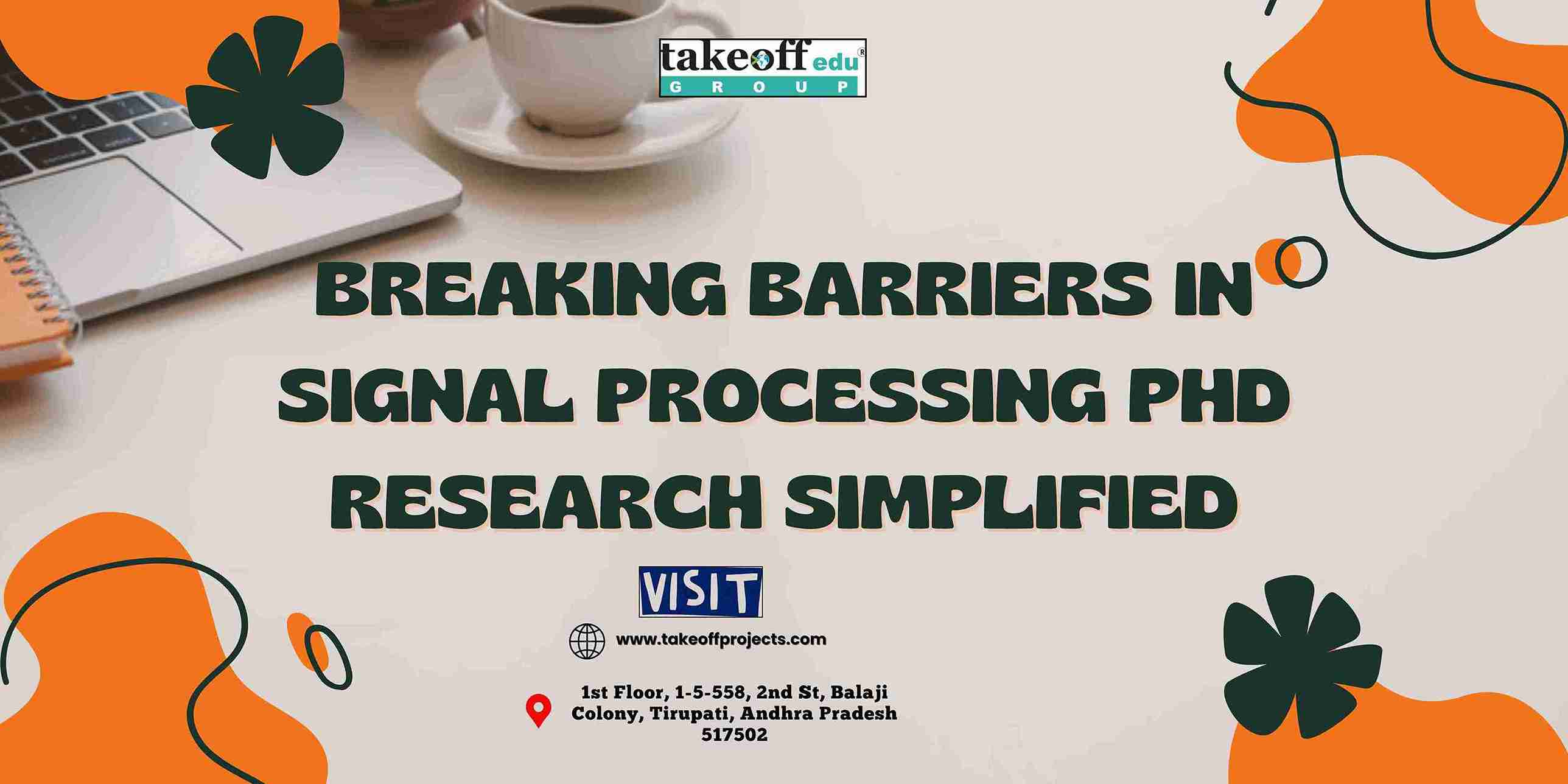 Breaking Barriers in Signal Processing: PhD Research Simplified
Breaking Barriers in Signal Processing: PhD Research Simplified 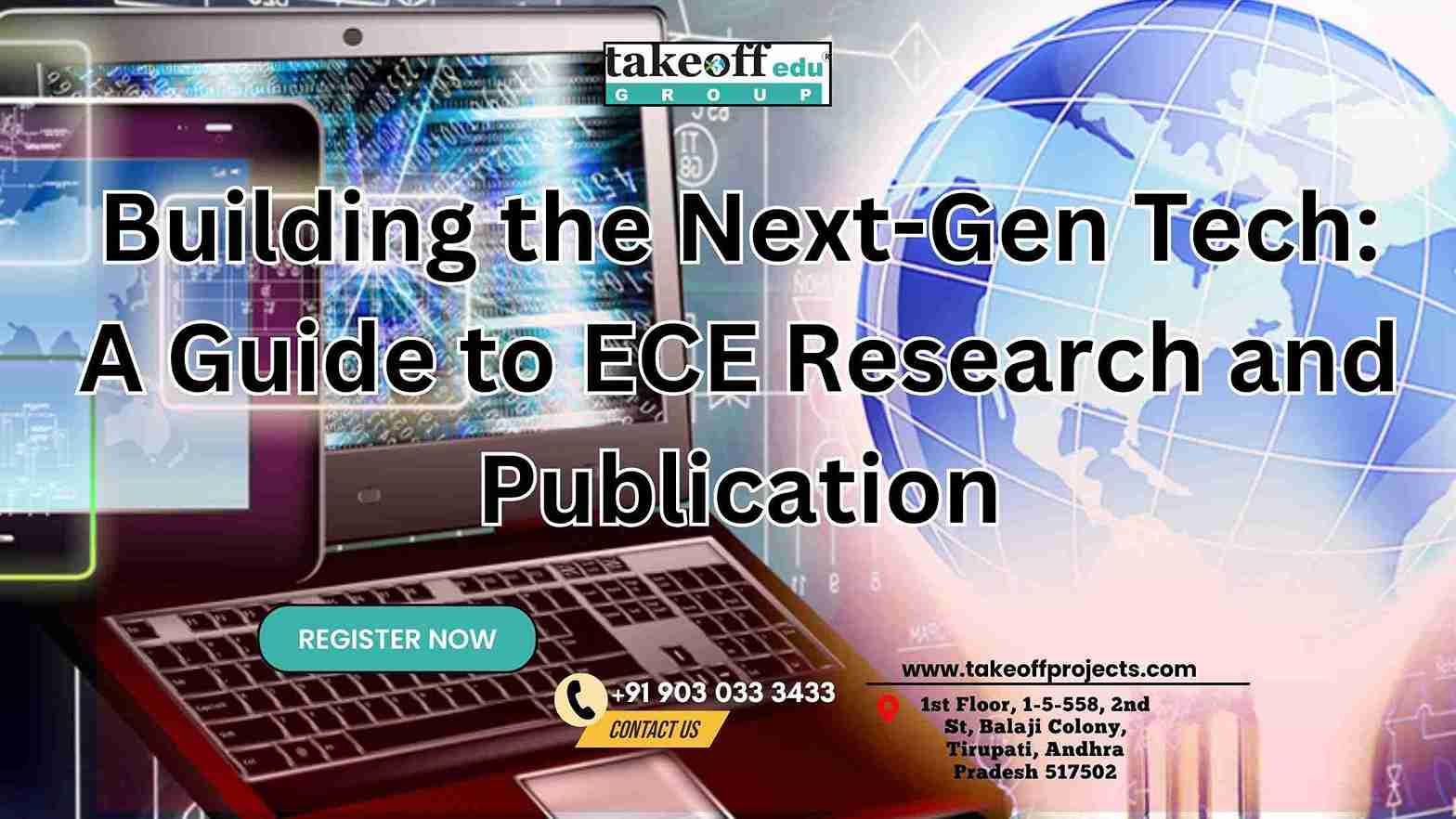 Building the Next-Gen Tech: A Guide to ECE Research and Publication
Building the Next-Gen Tech: A Guide to ECE Research and Publication 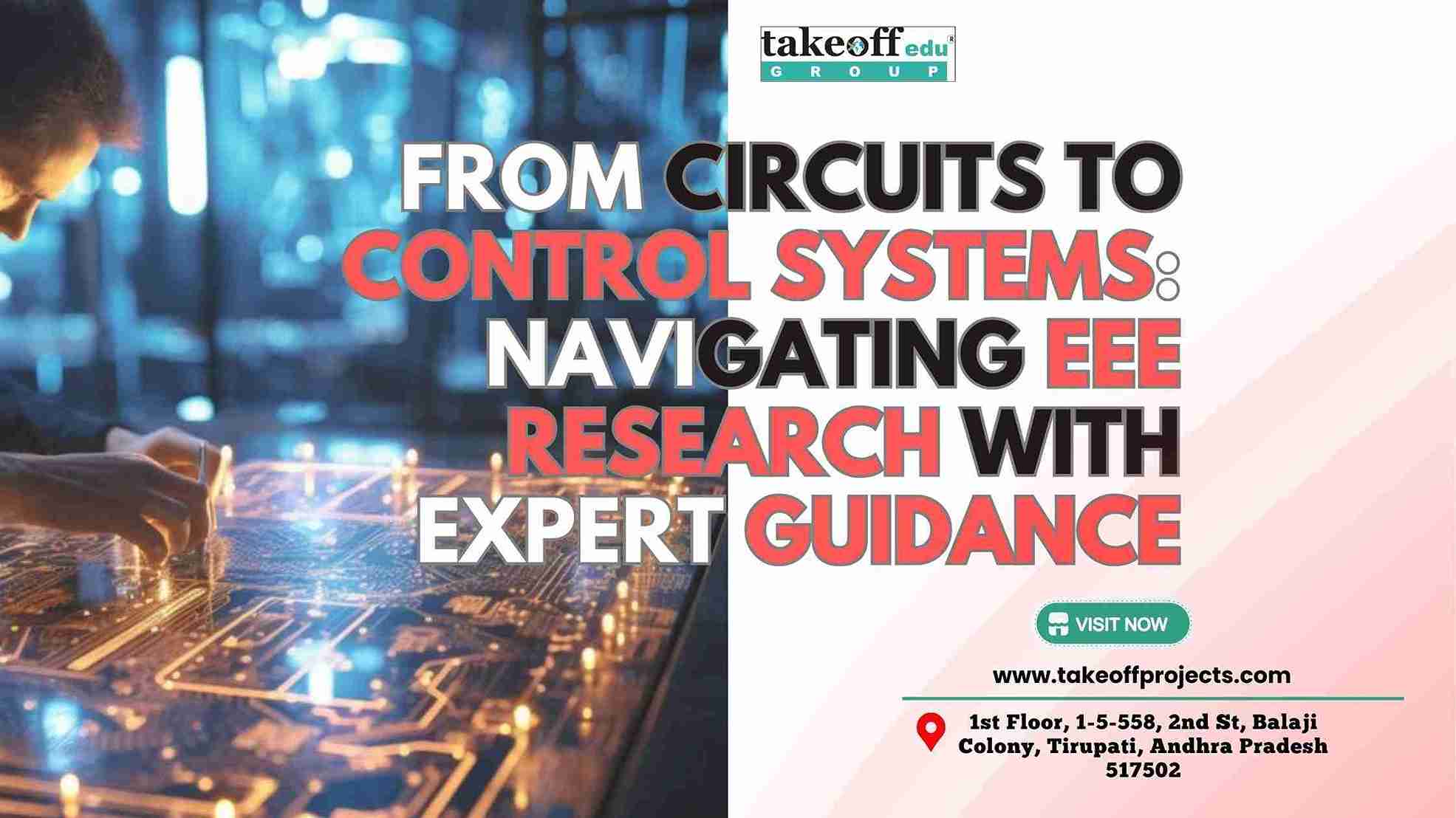 From Circuits to Control Systems: Navigating EEE Research with Expert Guidance
From Circuits to Control Systems: Navigating EEE Research with Expert Guidance  From Data to Discovery: Quantitative Analysis That Drives Results
From Data to Discovery: Quantitative Analysis That Drives Results 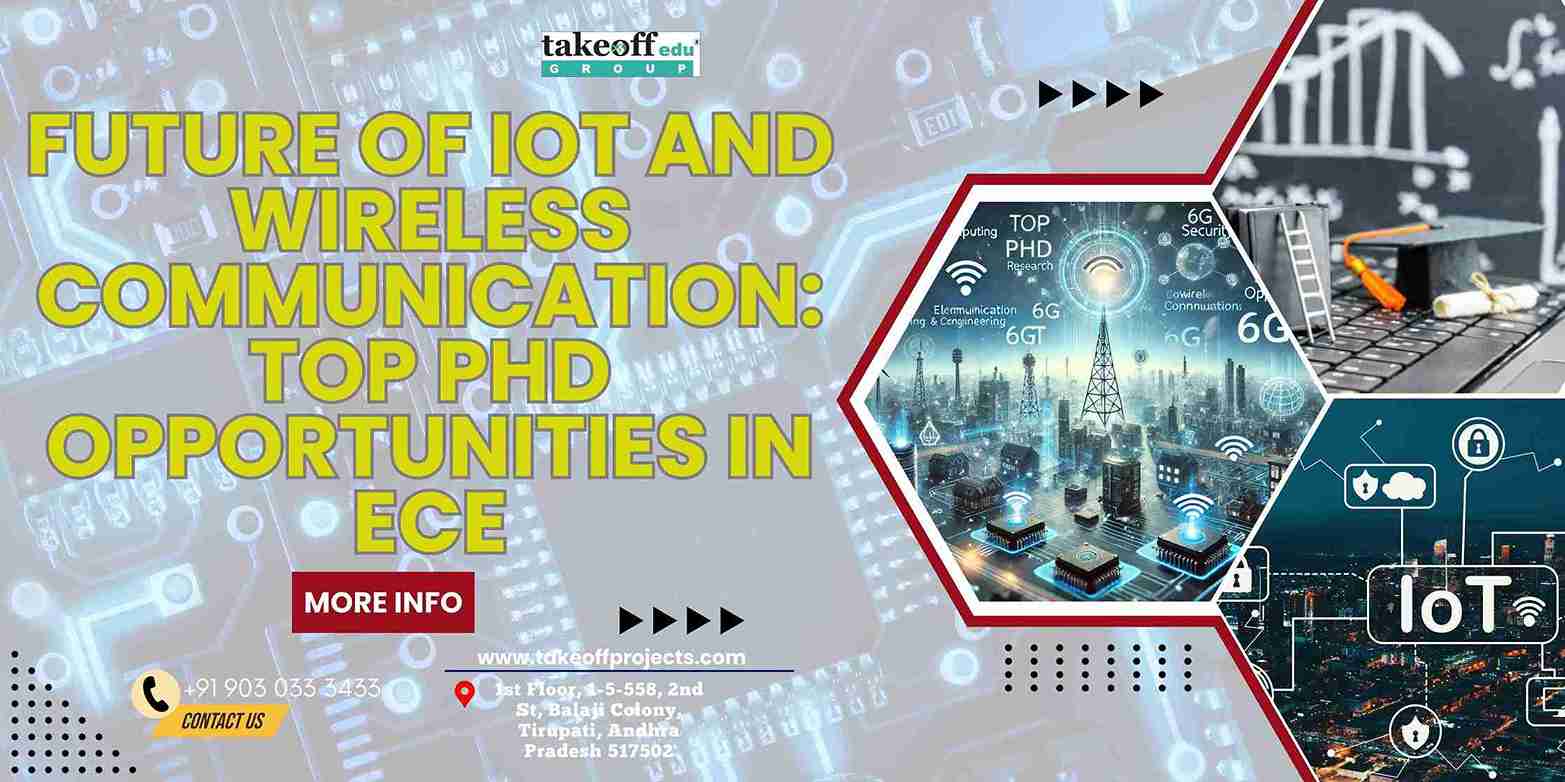 Future of IoT and Wireless Communication: Top PhD Opportunities in ECE
Future of IoT and Wireless Communication: Top PhD Opportunities in ECE  Top PhD Topics Energy Management in Power Electronics
Top PhD Topics Energy Management in Power Electronics 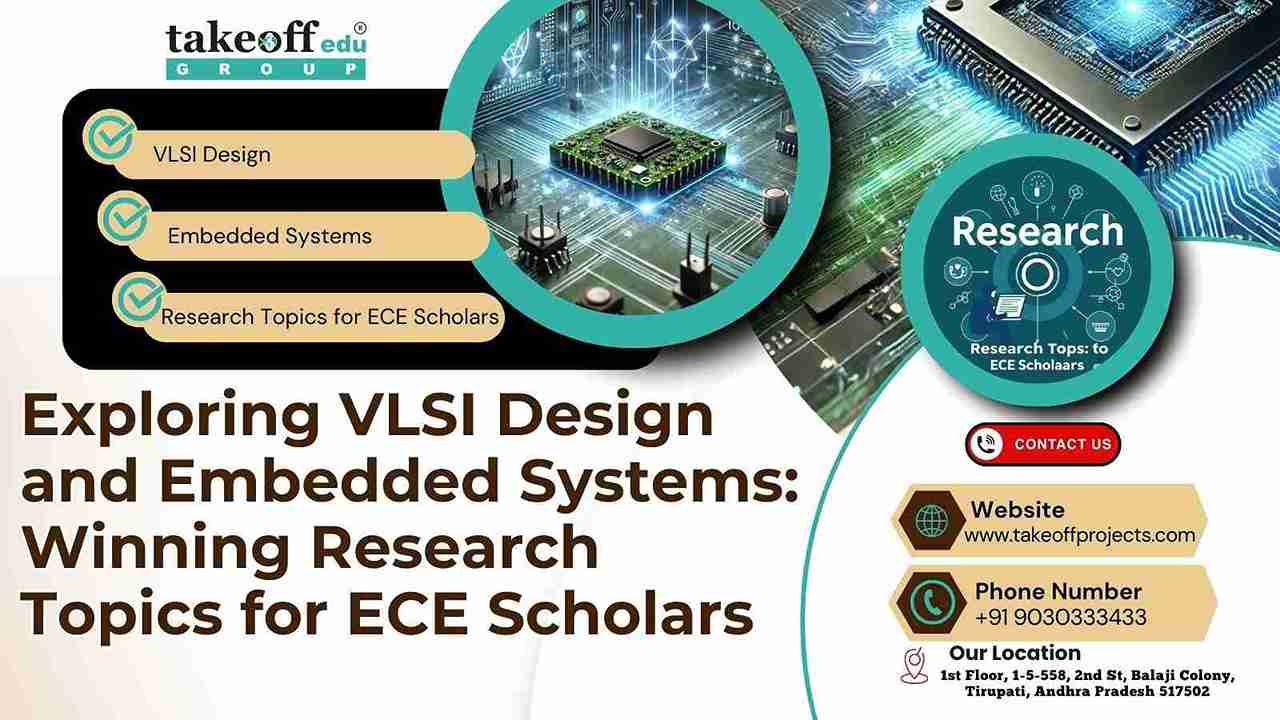 Exploring VLSI Design and Embedded Systems: Winning Research Topics for ECE Scholars
Exploring VLSI Design and Embedded Systems: Winning Research Topics for ECE Scholars 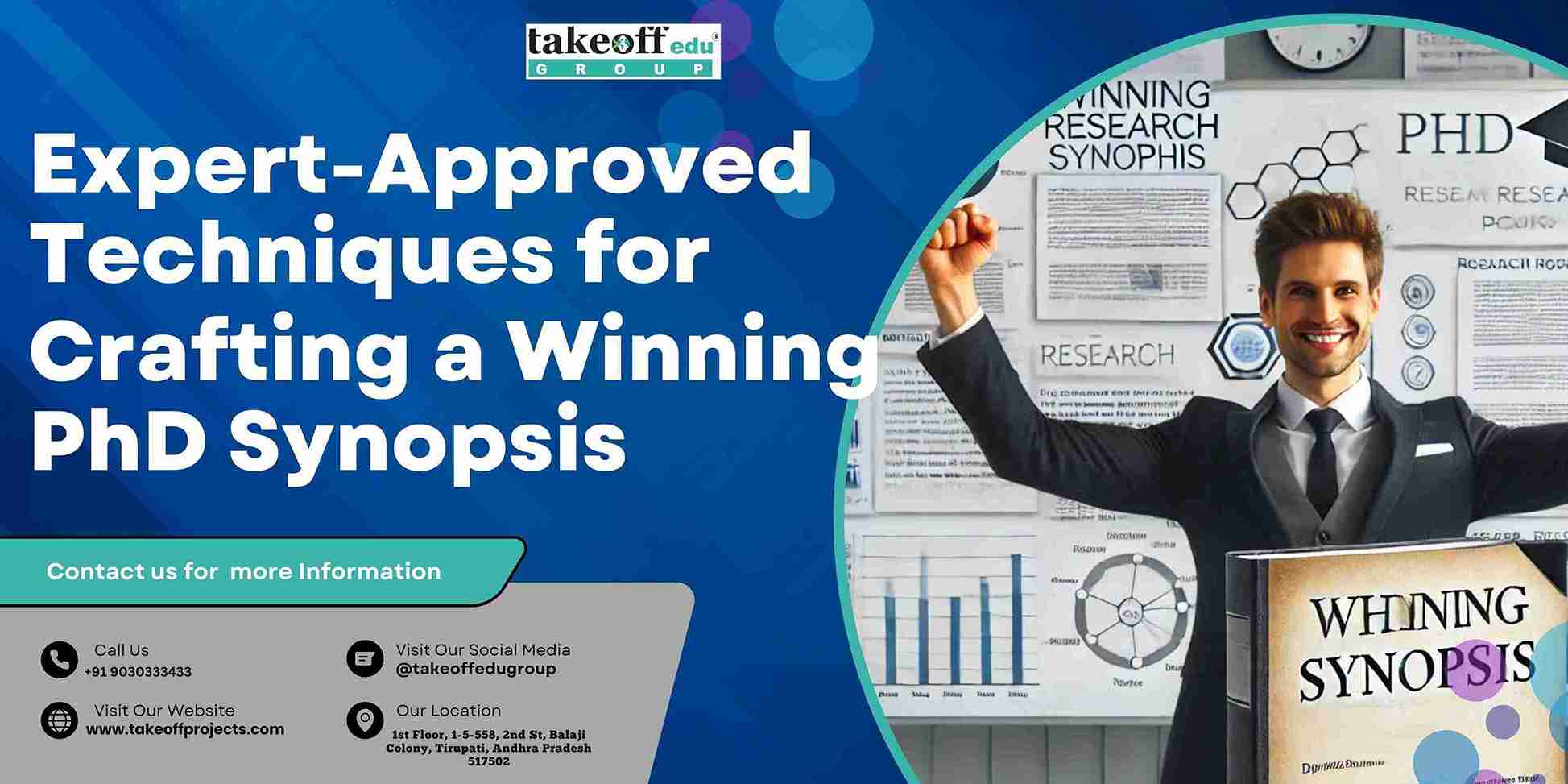 Expert-Approved Techniques for Crafting a Winning PhD Synopsis
Expert-Approved Techniques for Crafting a Winning PhD Synopsis 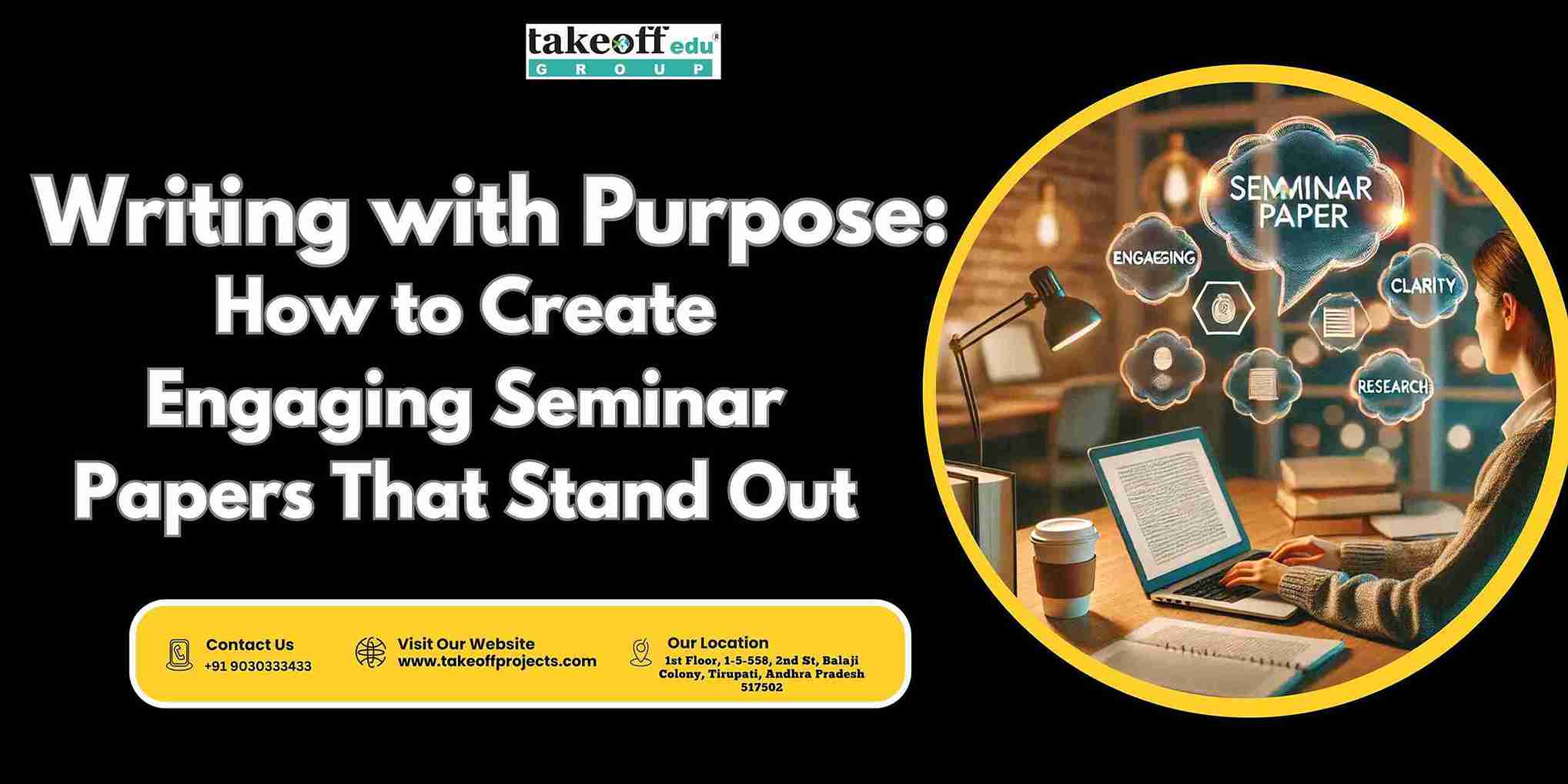 Writing with Purpose: How to Create Engaging Seminar Papers That Stand Out
Writing with Purpose: How to Create Engaging Seminar Papers That Stand Out 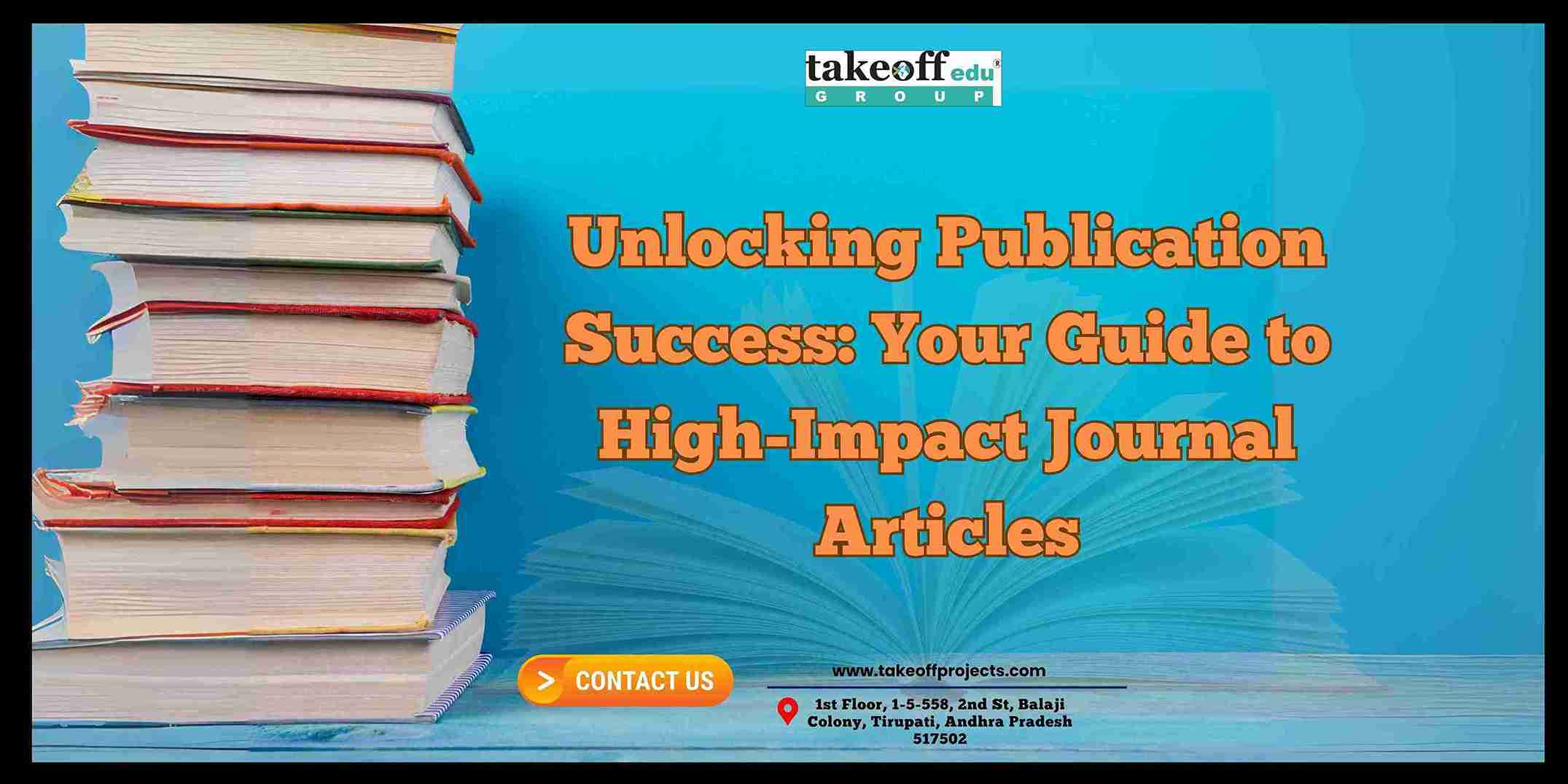 Unlocking Publication Success: Your Guide to High-Impact Journal Articles
Unlocking Publication Success: Your Guide to High-Impact Journal Articles 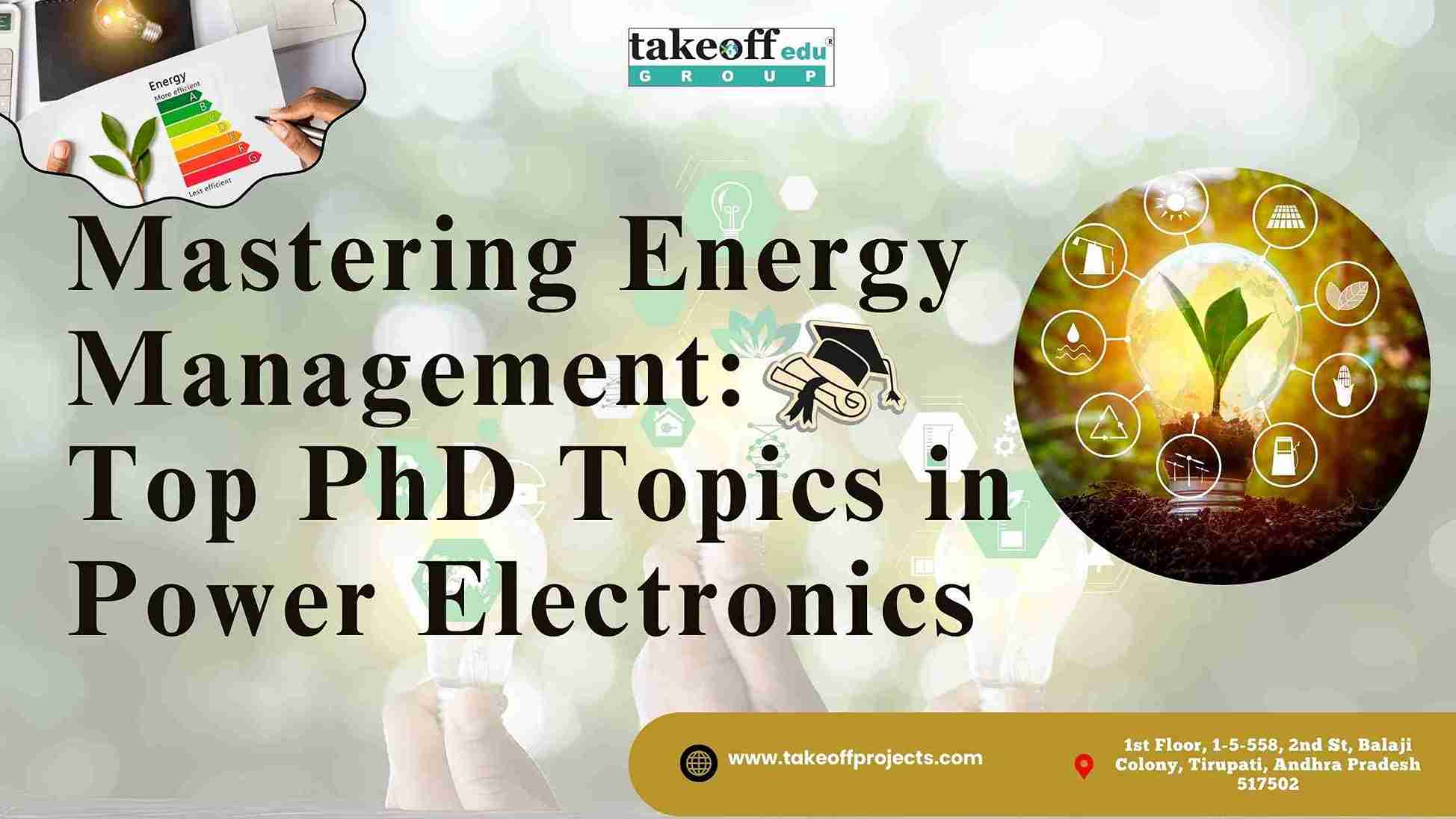 Mastering Energy Management: Top PhD Topics in Power Electronics
Mastering Energy Management: Top PhD Topics in Power Electronics  PhD Topic Selection Simplified: Choosing What Matters Most to You
PhD Topic Selection Simplified: Choosing What Matters Most to You 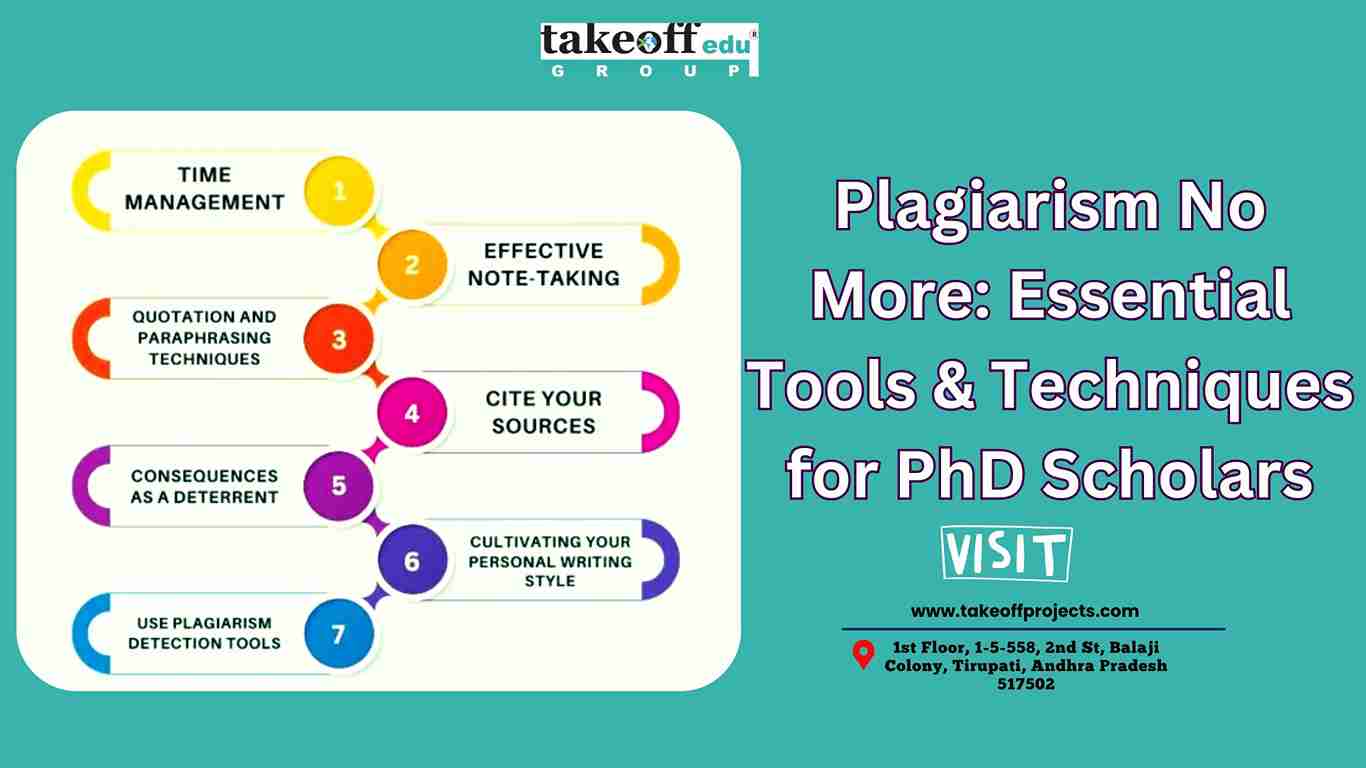 Plagiarism No More: Essential Tools and Techniques for PhD Scholars
Plagiarism No More: Essential Tools and Techniques for PhD Scholars 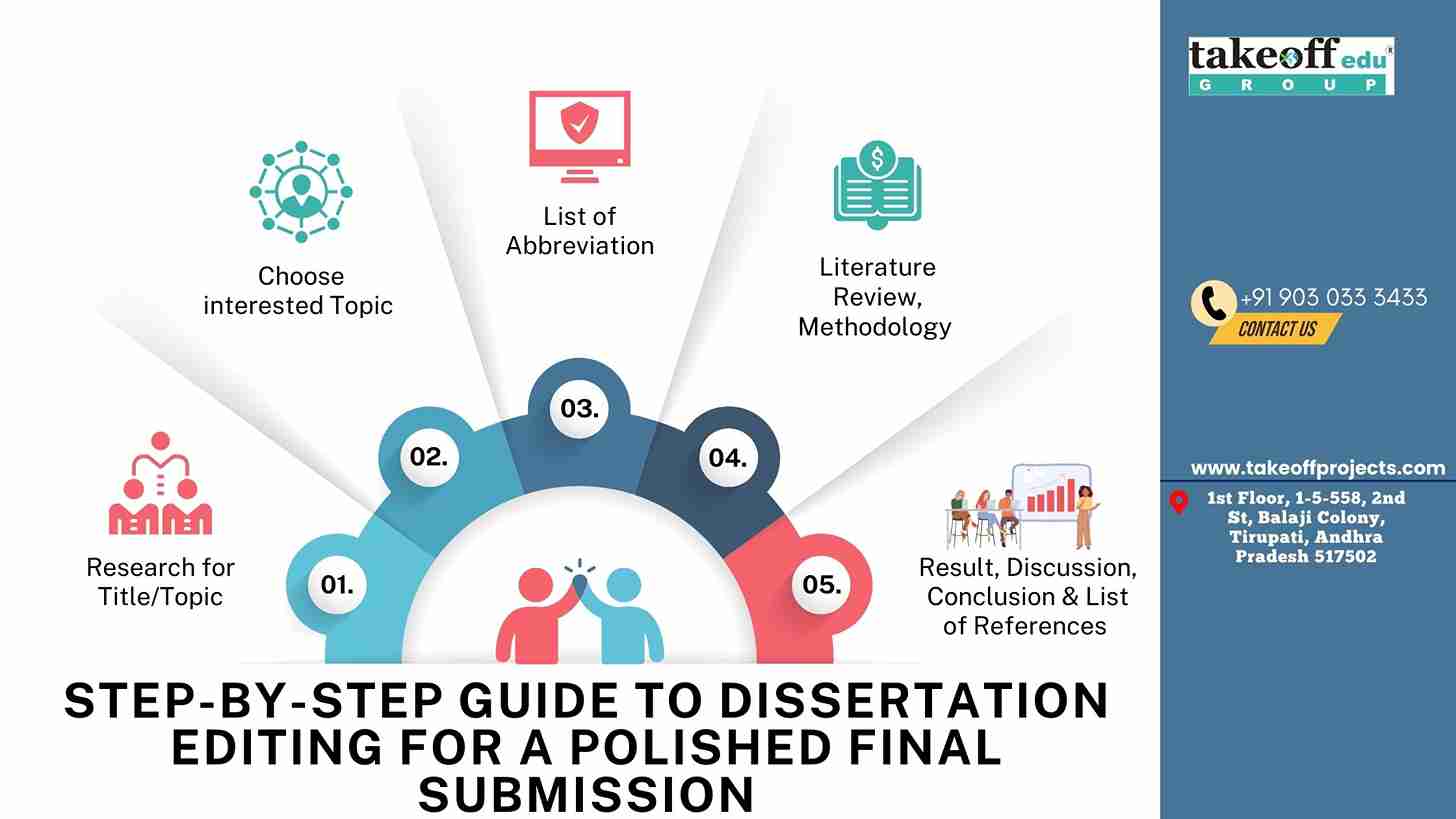 Step-by-Step Guide to Dissertation Editing for a Polished Final Submission
Step-by-Step Guide to Dissertation Editing for a Polished Final Submission 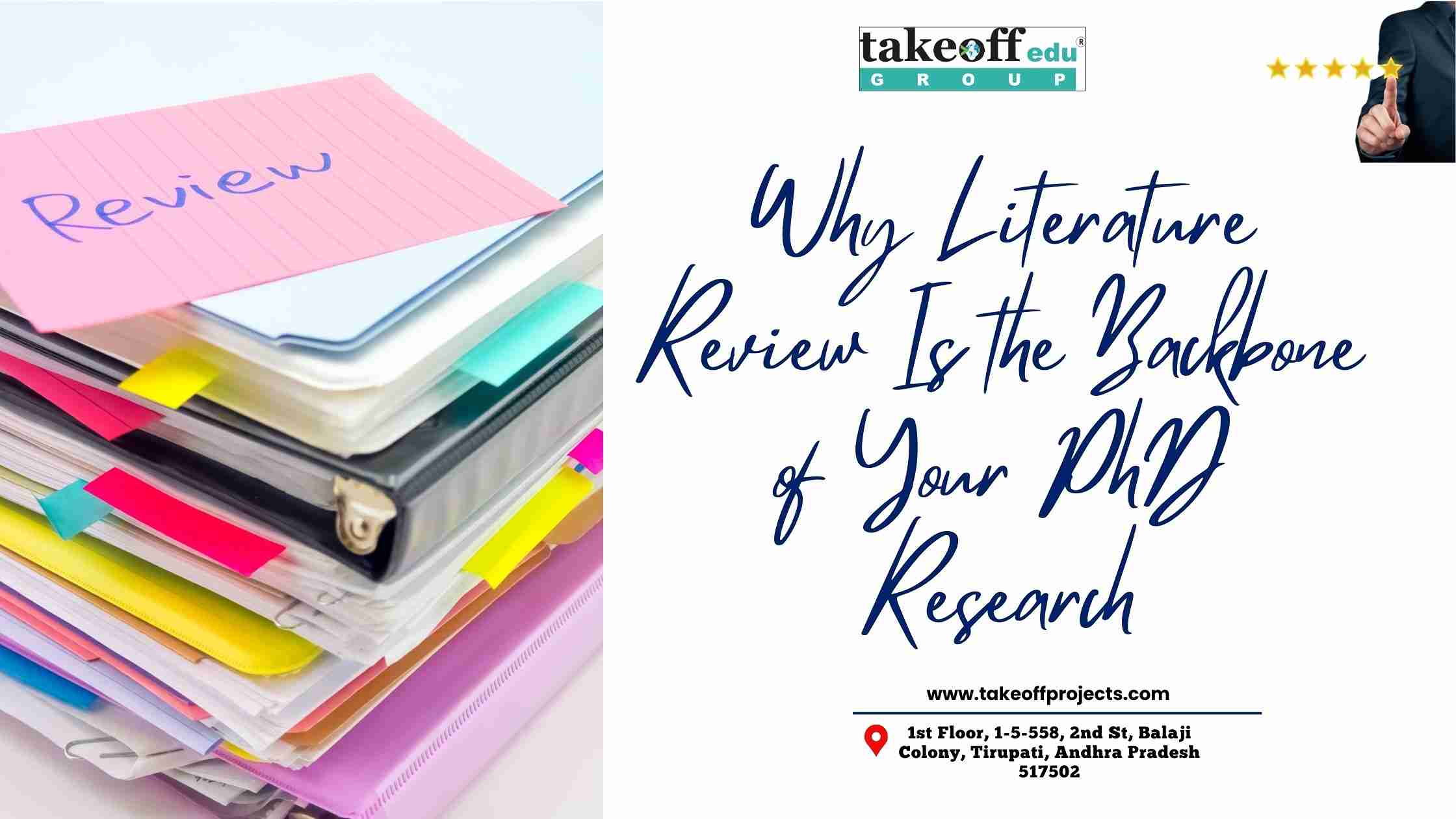 Why Literature Review Is the Backbone of Your PhD Research?
Why Literature Review Is the Backbone of Your PhD Research? 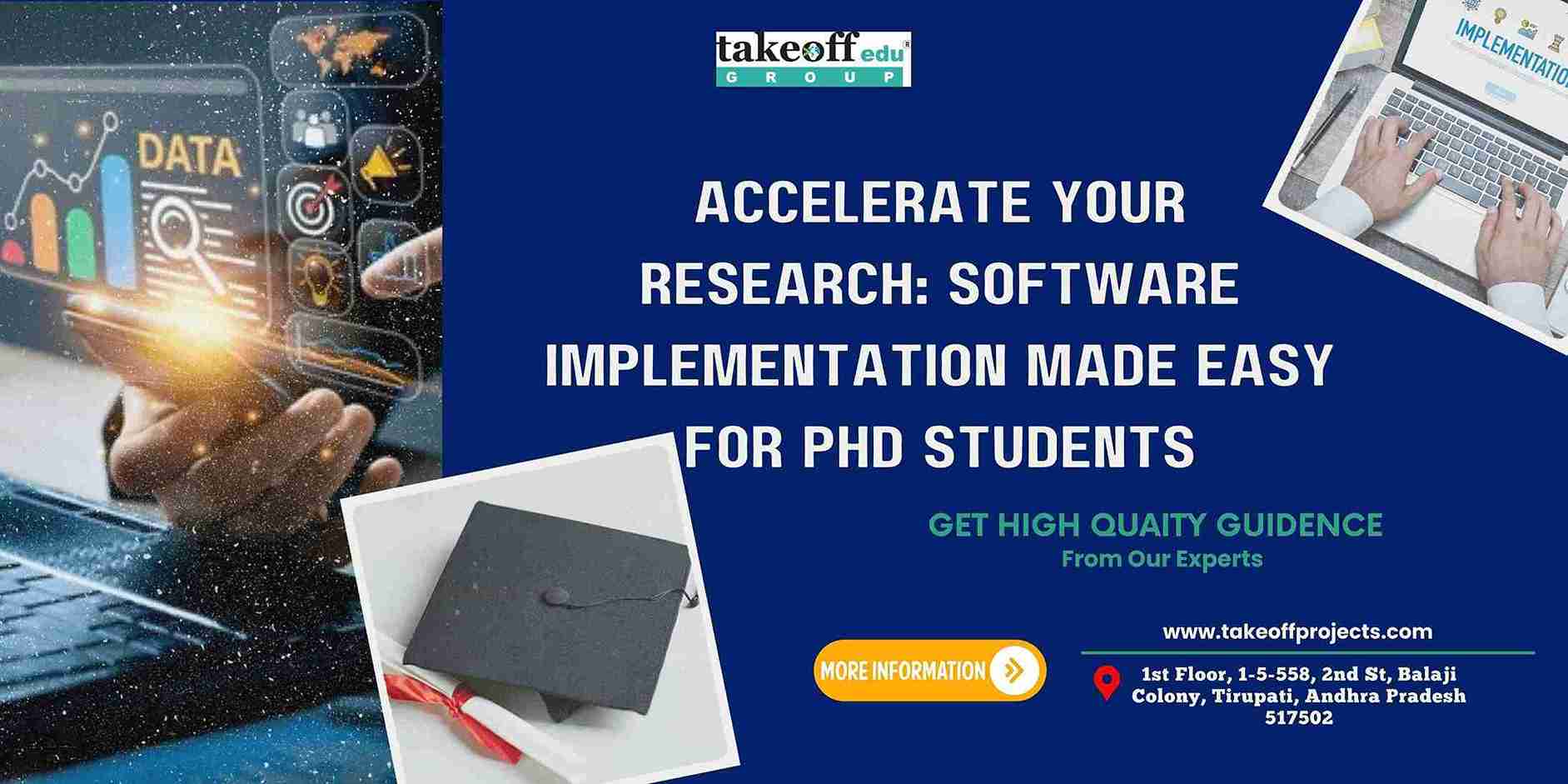 Accelerate Your Research: Software Implementation Made Easy for PhD Students
Accelerate Your Research: Software Implementation Made Easy for PhD Students 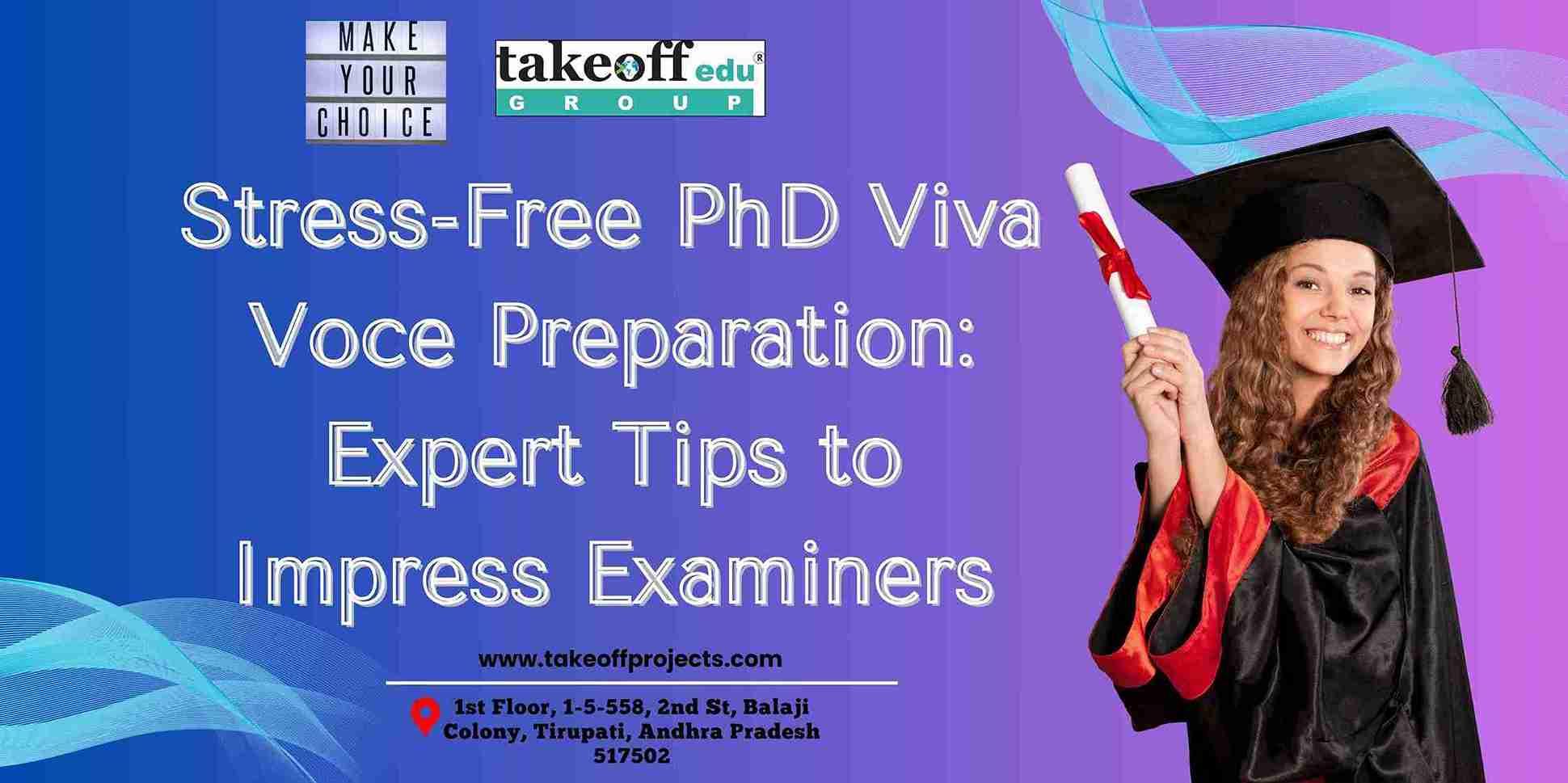 Stress-Free PhD Viva Voce Preparation: Expert Tips to Impress Examiners
Stress-Free PhD Viva Voce Preparation: Expert Tips to Impress Examiners 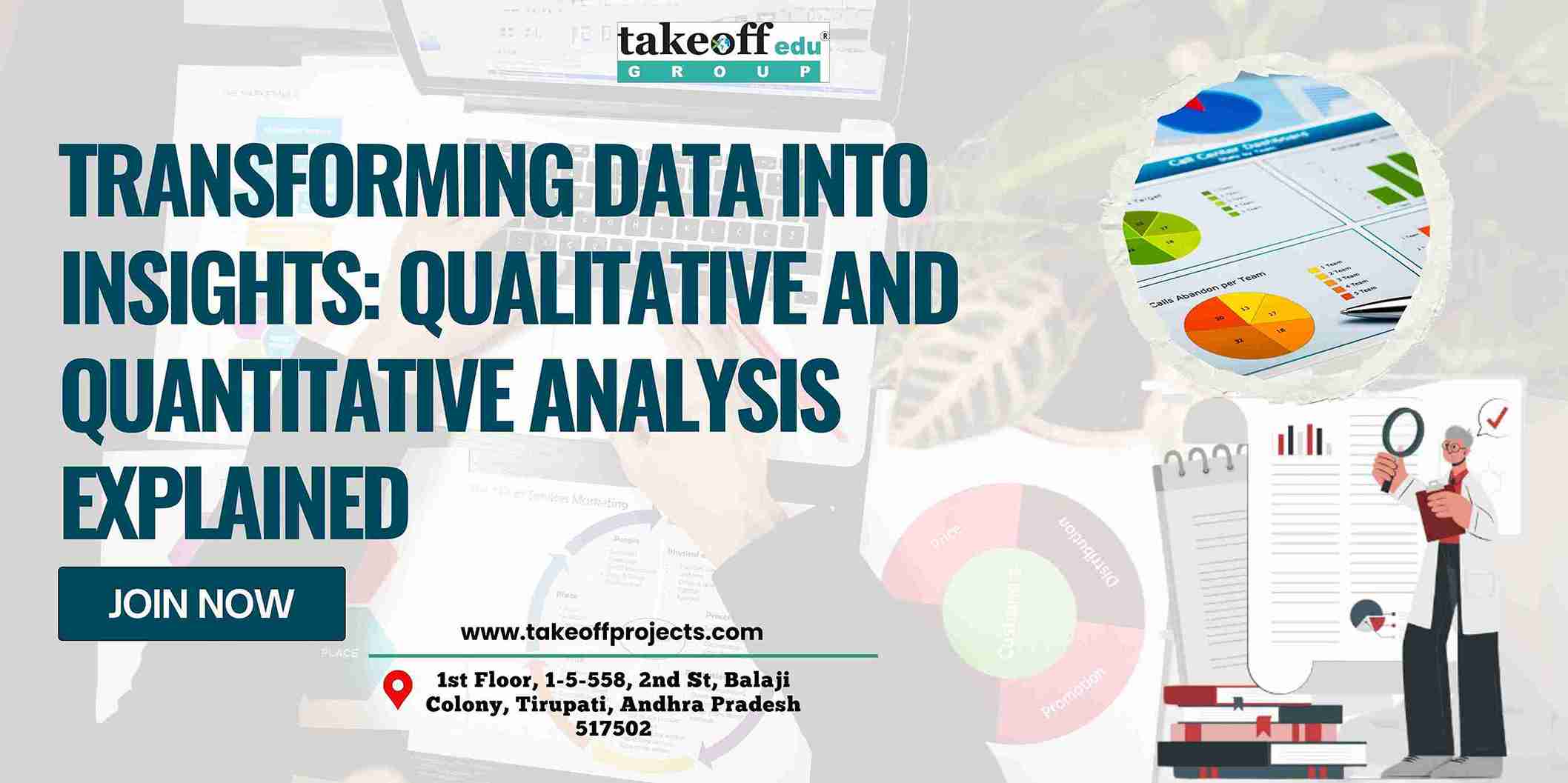 Transforming Data into Insights: Qualitative and Quantitative Analysis Explained
Transforming Data into Insights: Qualitative and Quantitative Analysis Explained 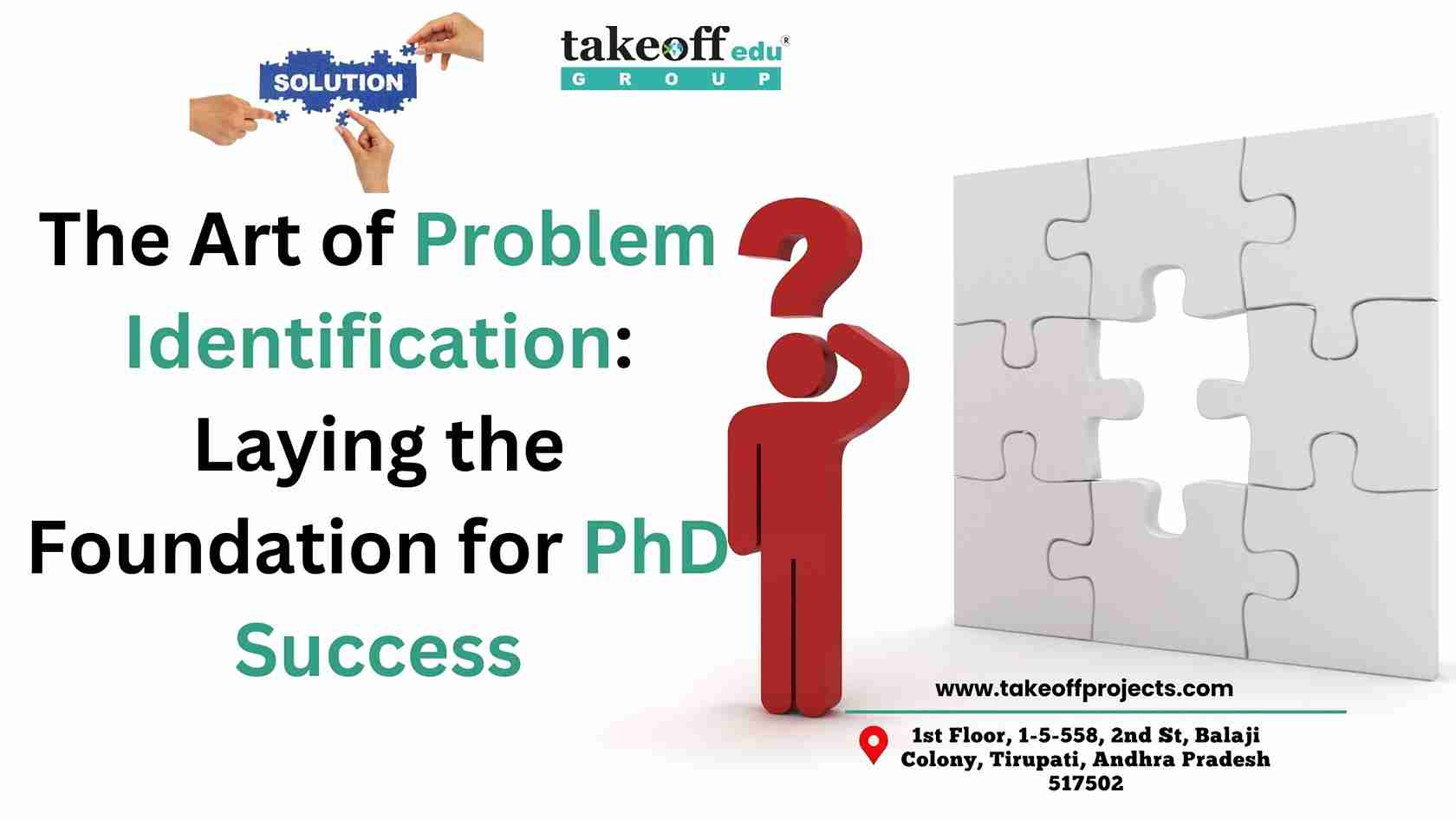 The Art of Problem Identification: Laying the Foundation for PhD Success
The Art of Problem Identification: Laying the Foundation for PhD Success 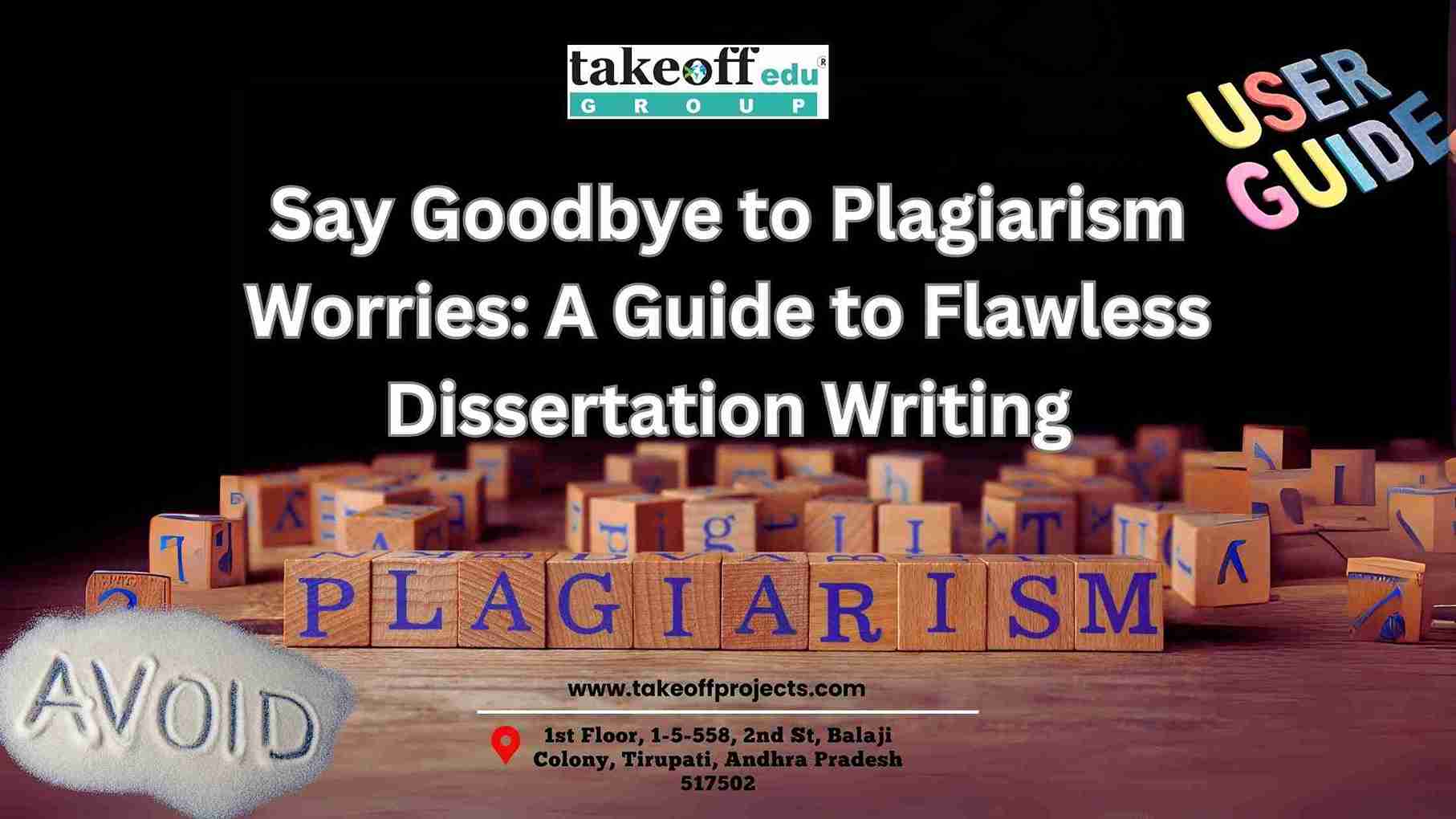 Say Goodbye to Plagiarism Worries: A Guide to Flawless Dissertation Writing
Say Goodbye to Plagiarism Worries: A Guide to Flawless Dissertation Writing 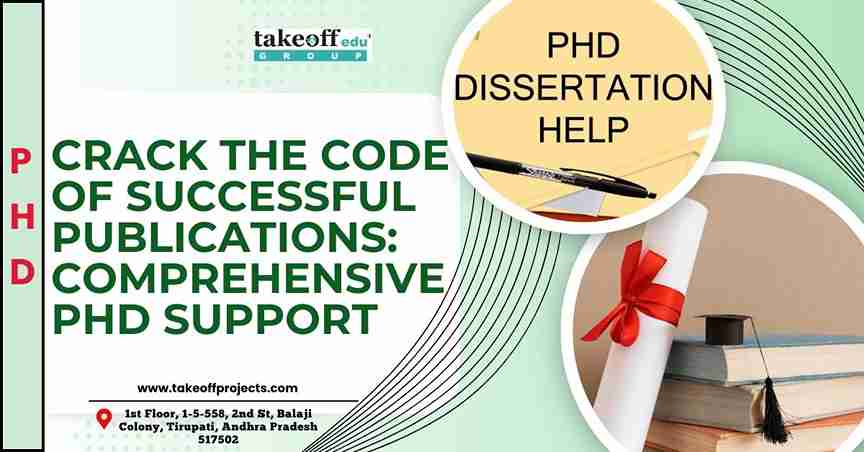 Crack the Code of Successful Publications: Comprehensive PhD Support
Crack the Code of Successful Publications: Comprehensive PhD Support 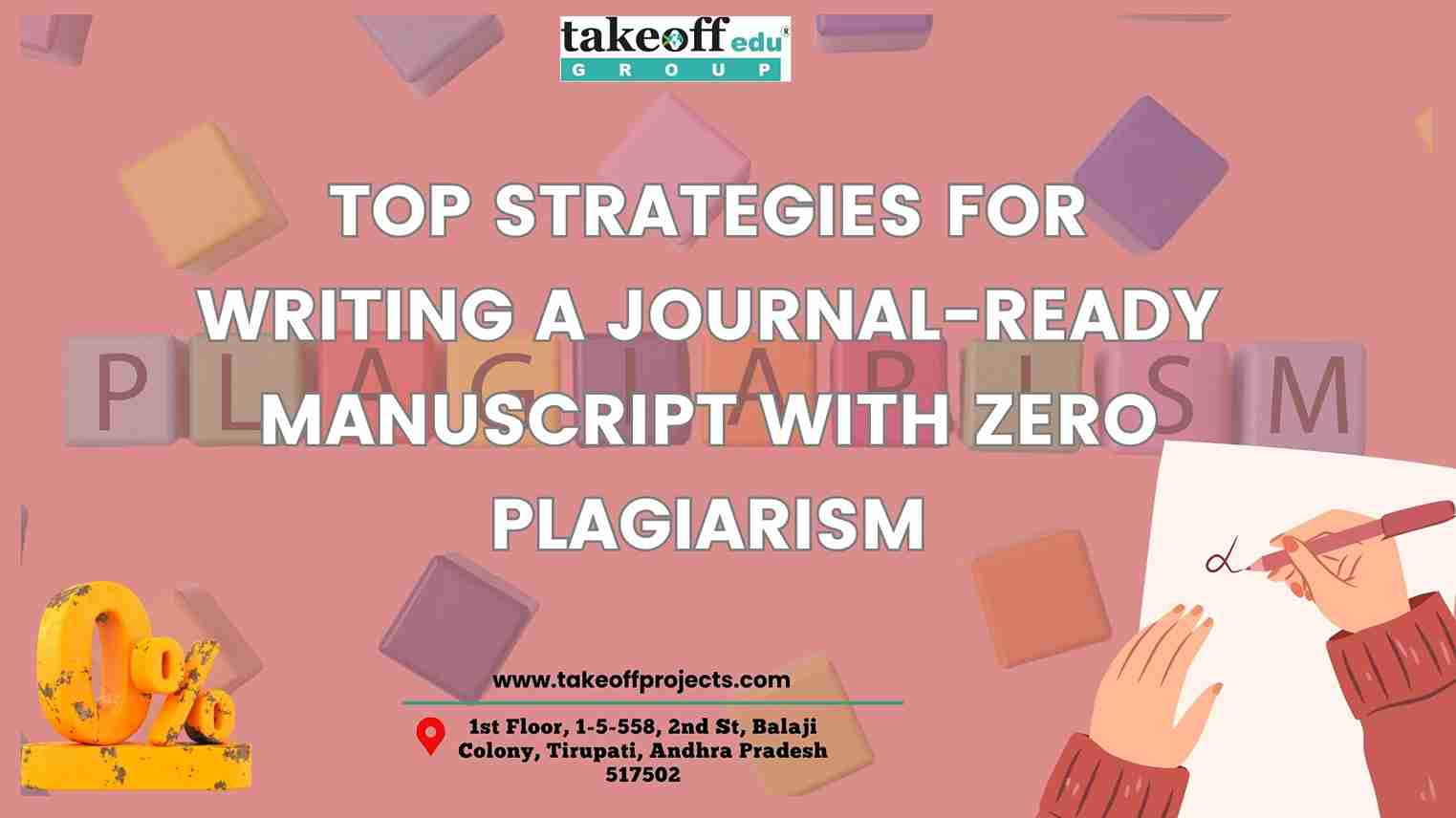 Top Strategies for Writing a Journal Ready Manuscript with Zero Plagiarism
Top Strategies for Writing a Journal Ready Manuscript with Zero Plagiarism  How to Nail Your PhD Research Proposal: Tips from the Pros
How to Nail Your PhD Research Proposal: Tips from the Pros 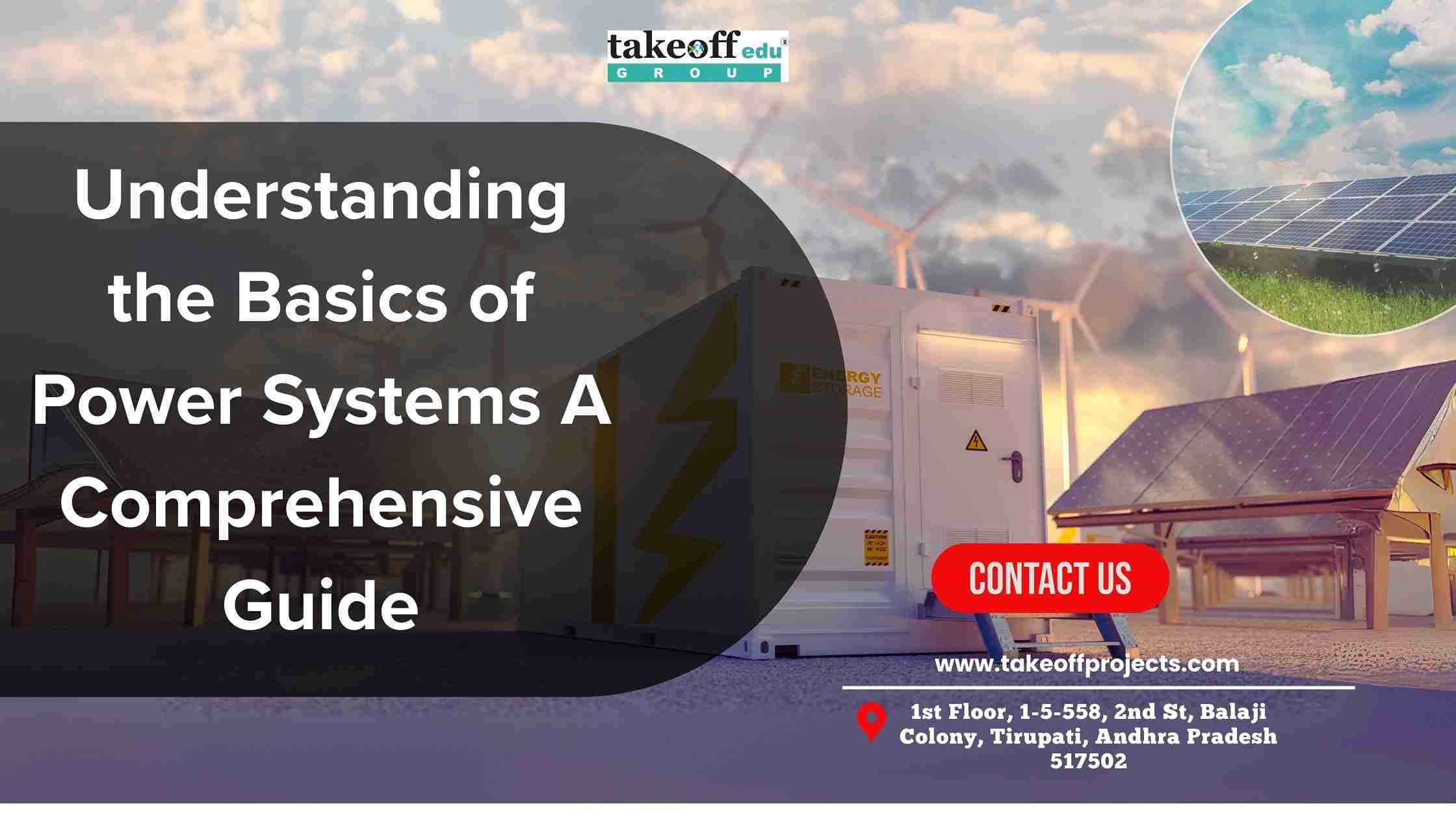 Understanding the Basics of Power Systems: A Comprehensive Guide
Understanding the Basics of Power Systems: A Comprehensive Guide 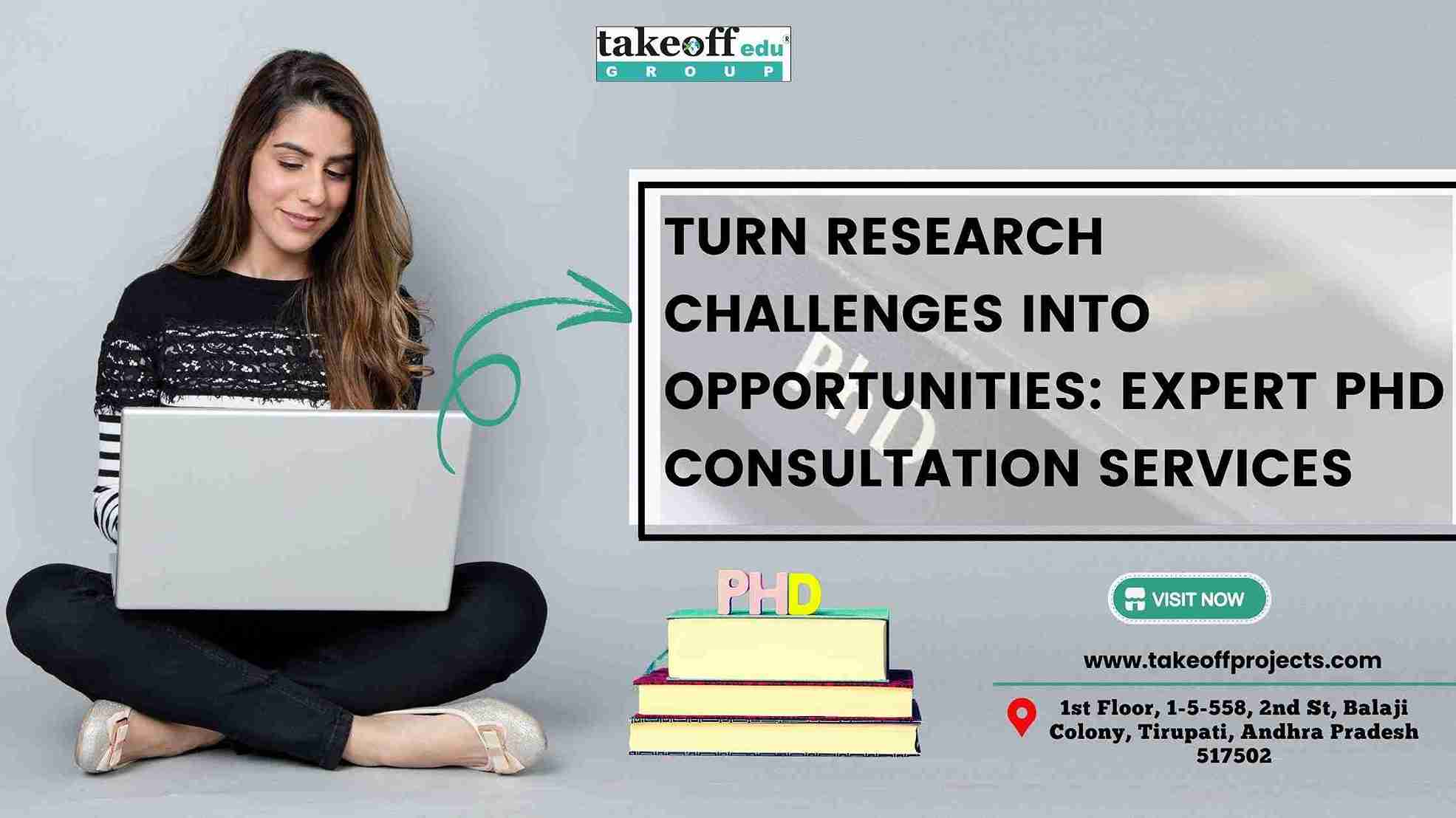 Turn Research Challenges into Opportunities: Expert PhD Consultation Services
Turn Research Challenges into Opportunities: Expert PhD Consultation Services 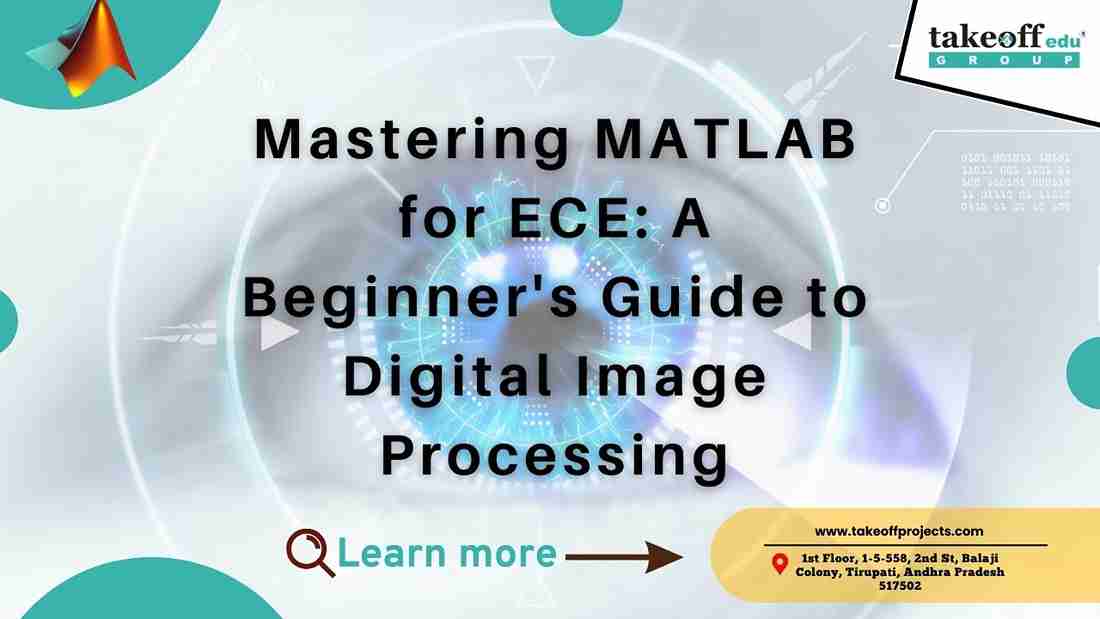 Mastering MATLAB for ECE: A Beginner's Guide to Digital Image Processing
Mastering MATLAB for ECE: A Beginner's Guide to Digital Image Processing 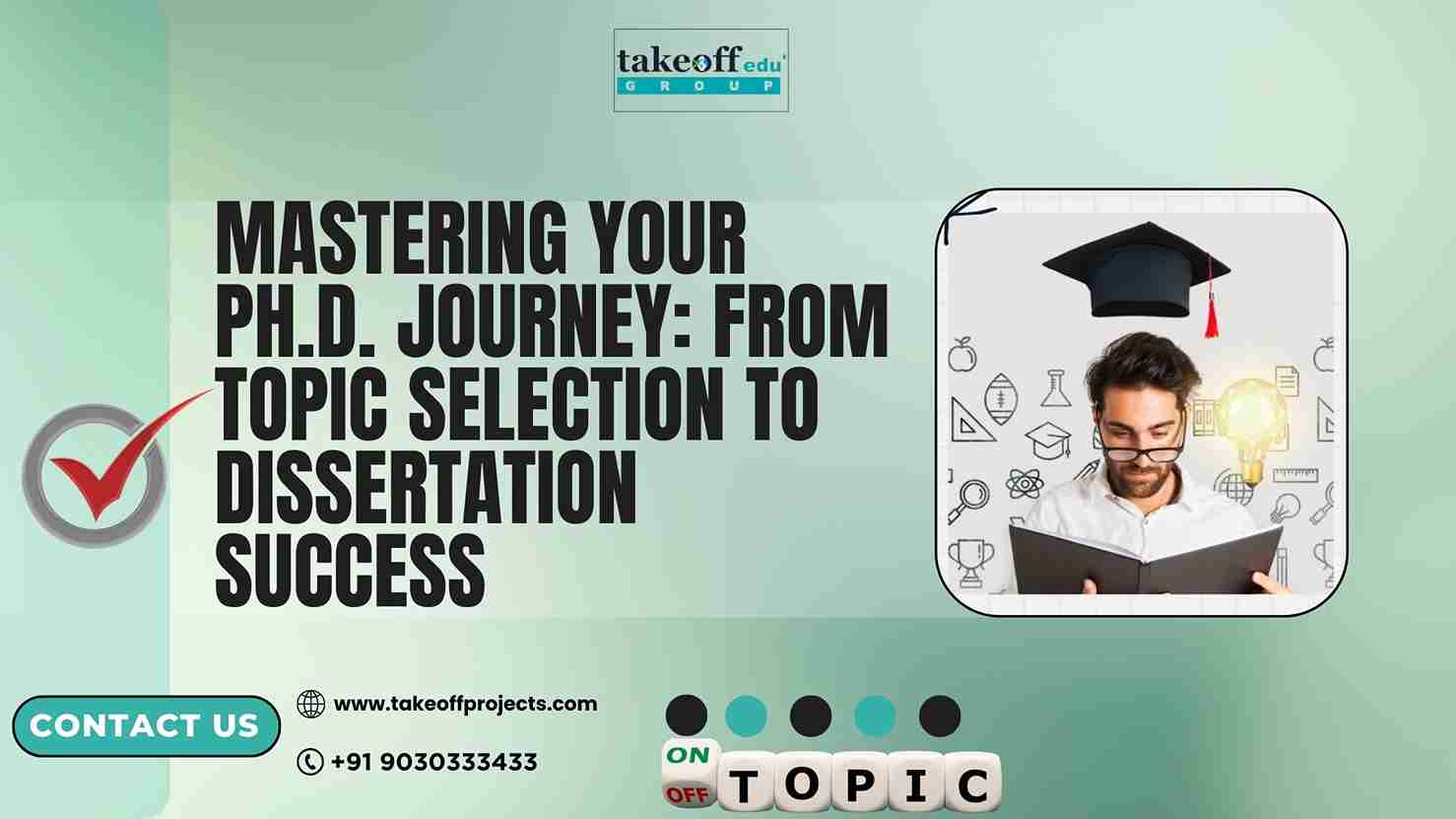 Mastering Your PhD Journey: From Topic Selection to Dissertation Success
Mastering Your PhD Journey: From Topic Selection to Dissertation Success 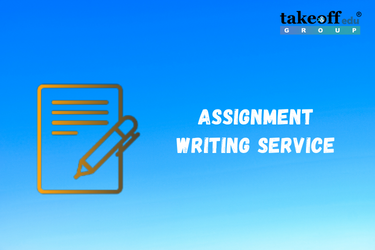 Assignment Writing Service
Assignment Writing Service 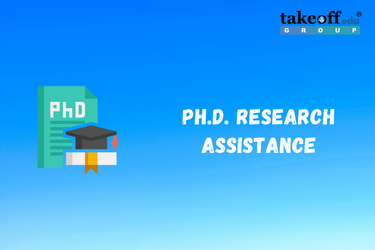 PhD Research Assistance
PhD Research Assistance 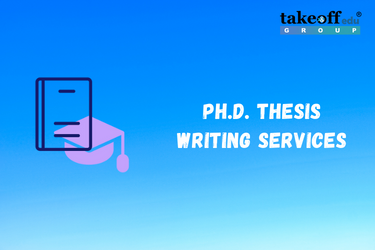 PhD Thesis Writing Services
PhD Thesis Writing Services 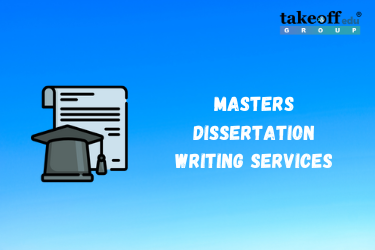 Masters Dissertation Writing
Masters Dissertation Writing 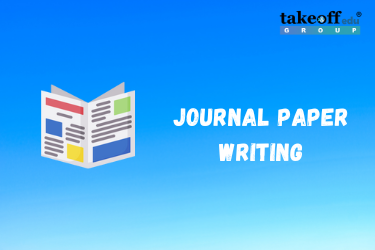 Journal Paper Writing
Journal Paper Writing 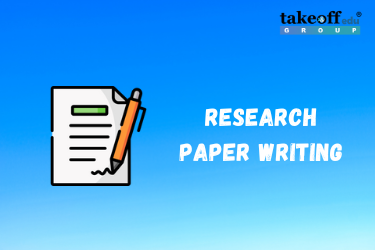 Research Paper Writing Services
Research Paper Writing Services 
 Paper Publishing
Paper Publishing


